| Title | Reconstruction Era |
| Park Code | reer |
| Description | The Reconstruction era,1861-1900 the historic period in which the United States grappled with the question of how to integrate millions of newly freed African Americans into social, political, economic, and labor systems, was a time of significan... |
| Location | |
| Contact | |
| Activities |
|
| Entrance fees |
|
| Campgrounds | Count: 0
|
| Places | Count: 30
Beaufort National CemeteryBeaufort National Cemetery is located in Beaufort County on Port Royal Island within the city limits of Beaufort, SC. The original interments in the cemetery were men who died in the nearby Union hospitals during the Civil War. This included some of the very first Black soldiers to serve in the United States Army. 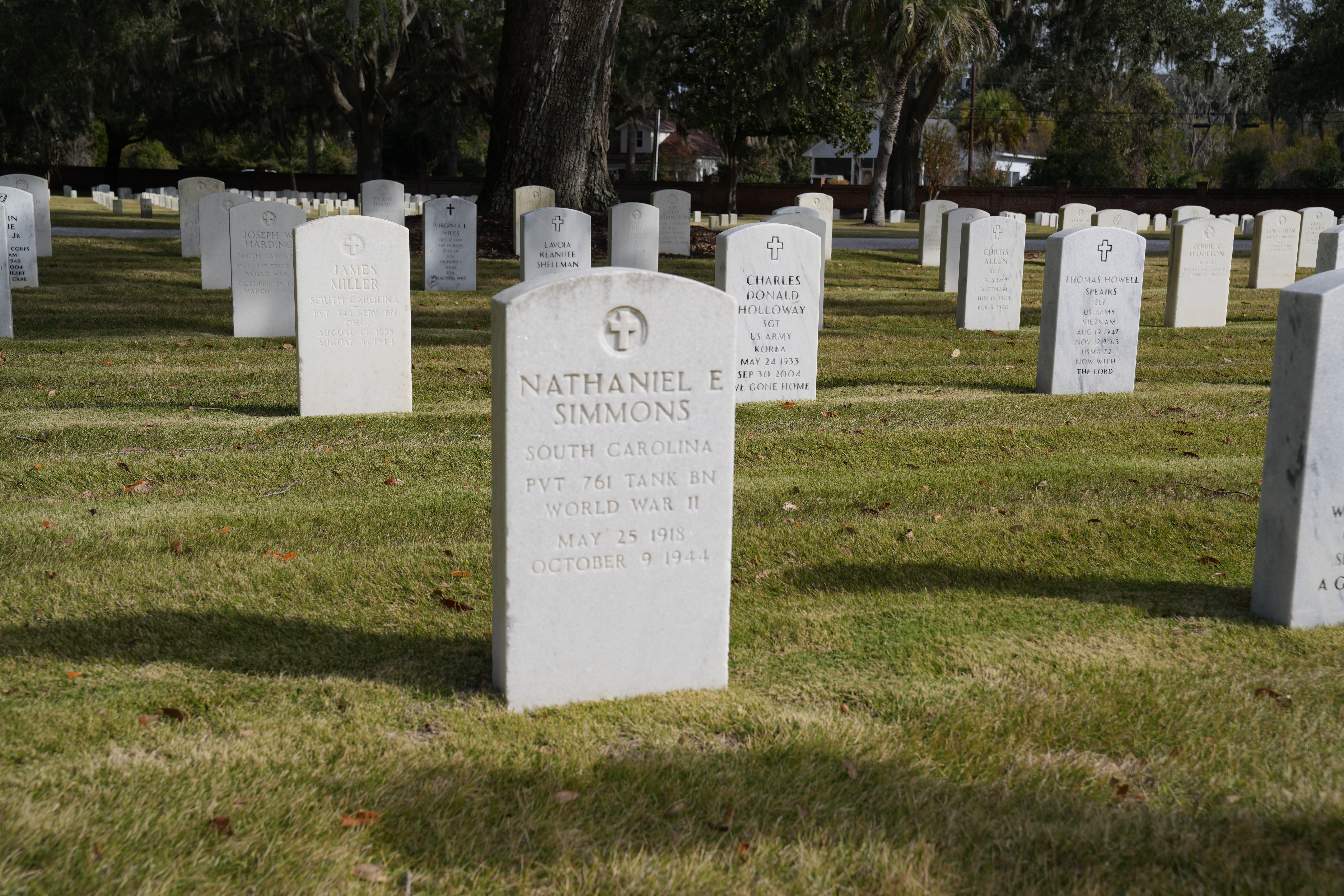
Beaufort's "Contraband" HospitalThe "Contraband" Hospital in Beaufort, South Carolina was established during the Civil War for the medical care of freed African Americans on the Sea Islands. 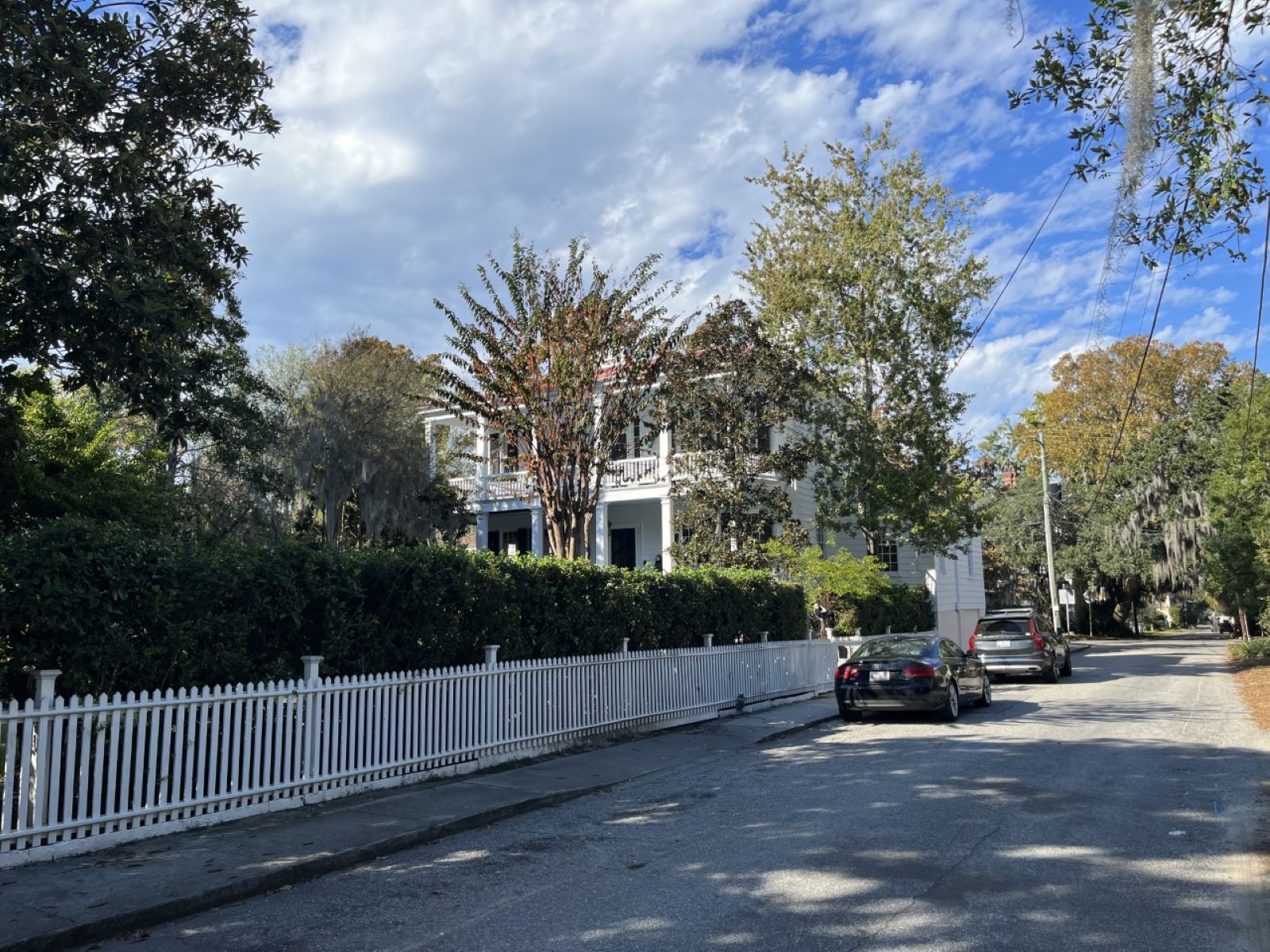
Bonny Hall Trail #5 at Earnest F. Hollings Ace BasinThe Bonny Hall Trail Number 5 is managed by the US Fish and Wildlife Service as part of the Earnest F. Hollings A.C.E. Basin National Wildlife Refuge. Located nearby is the Bonny Hall Plantation, which was a rice plantation in the 1800s. During the Combahee Raid of 1863, some of the people enslaved at Bonny Hall escaped to freedom on these rice dikes that make up the modern trail system that visitors can explore today. 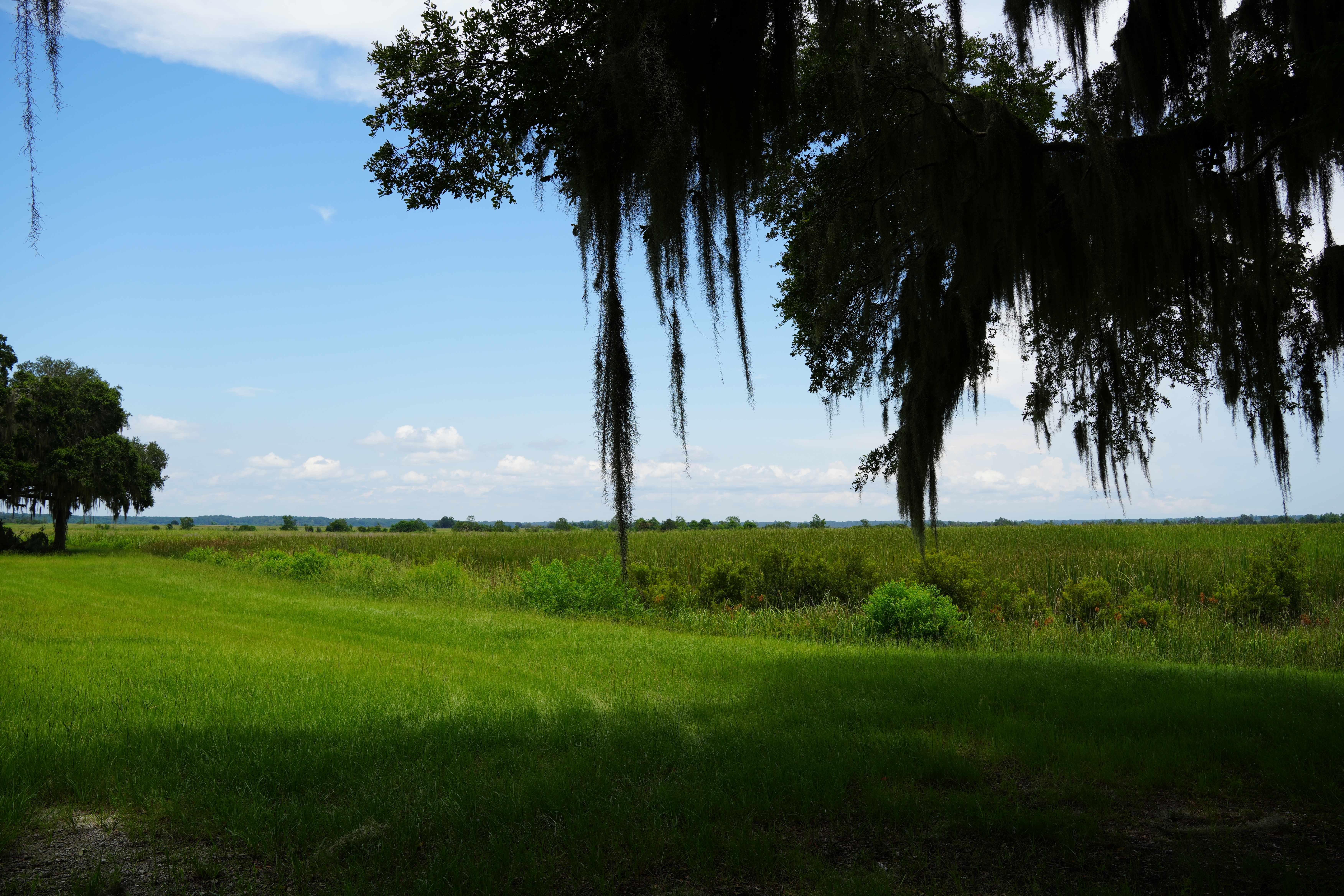
Camp SaxtonCamp Saxton was established in the Fall of 1862 as home to the 1st South Carolina Volunteer Infantry, later renamed the 33rd United States Colored Troops. On January 1, 1863, the Emancipation Proclamation was read to the men of the regiment, along with hundreds of other formerly enslaved people, in a stand of live oak trees at the site of Camp Saxton. 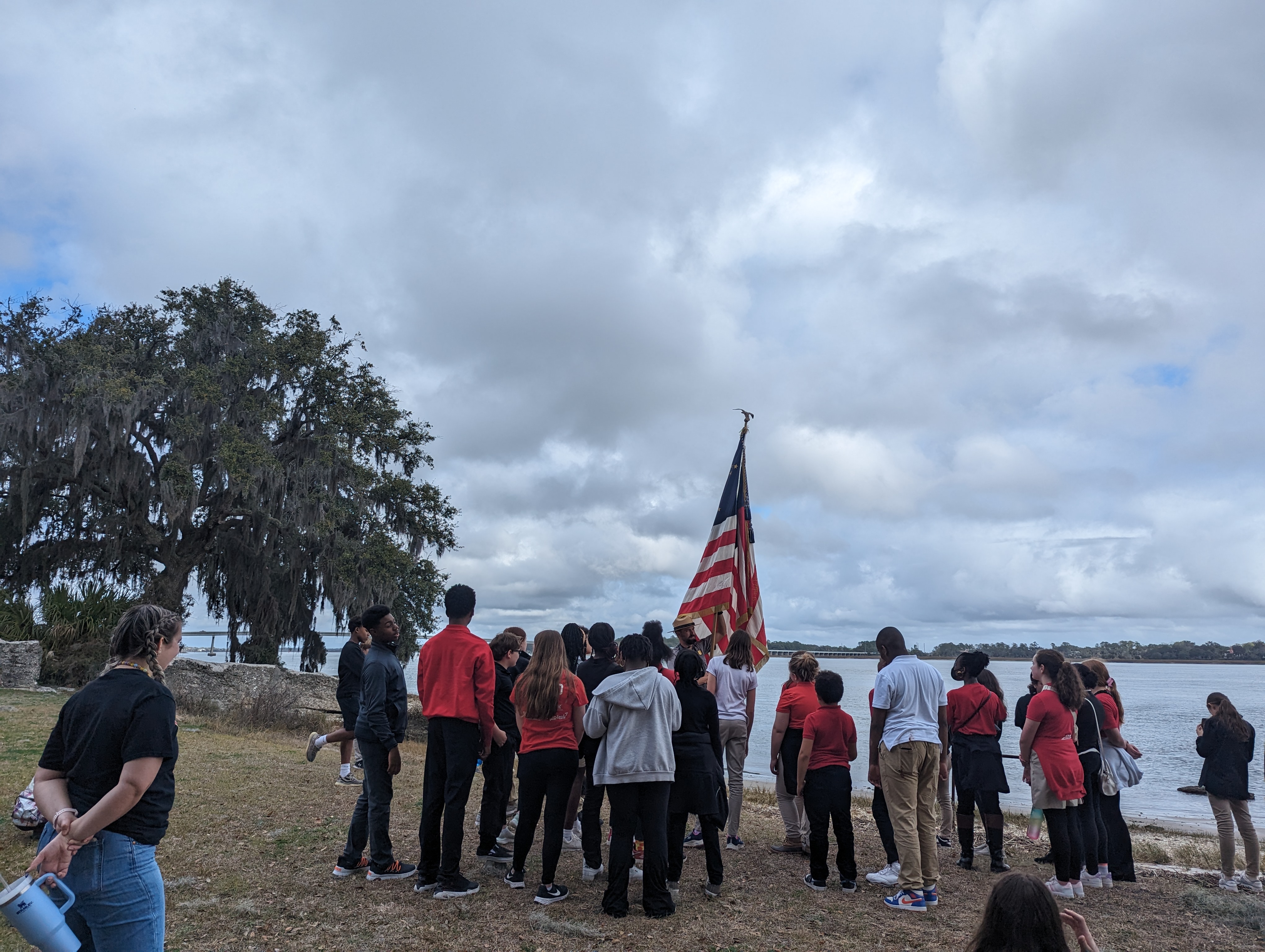
Caper Harper WheelwrightDuring the Reconstruction Era, Caper Harper owned a wheelwright shop on this site. 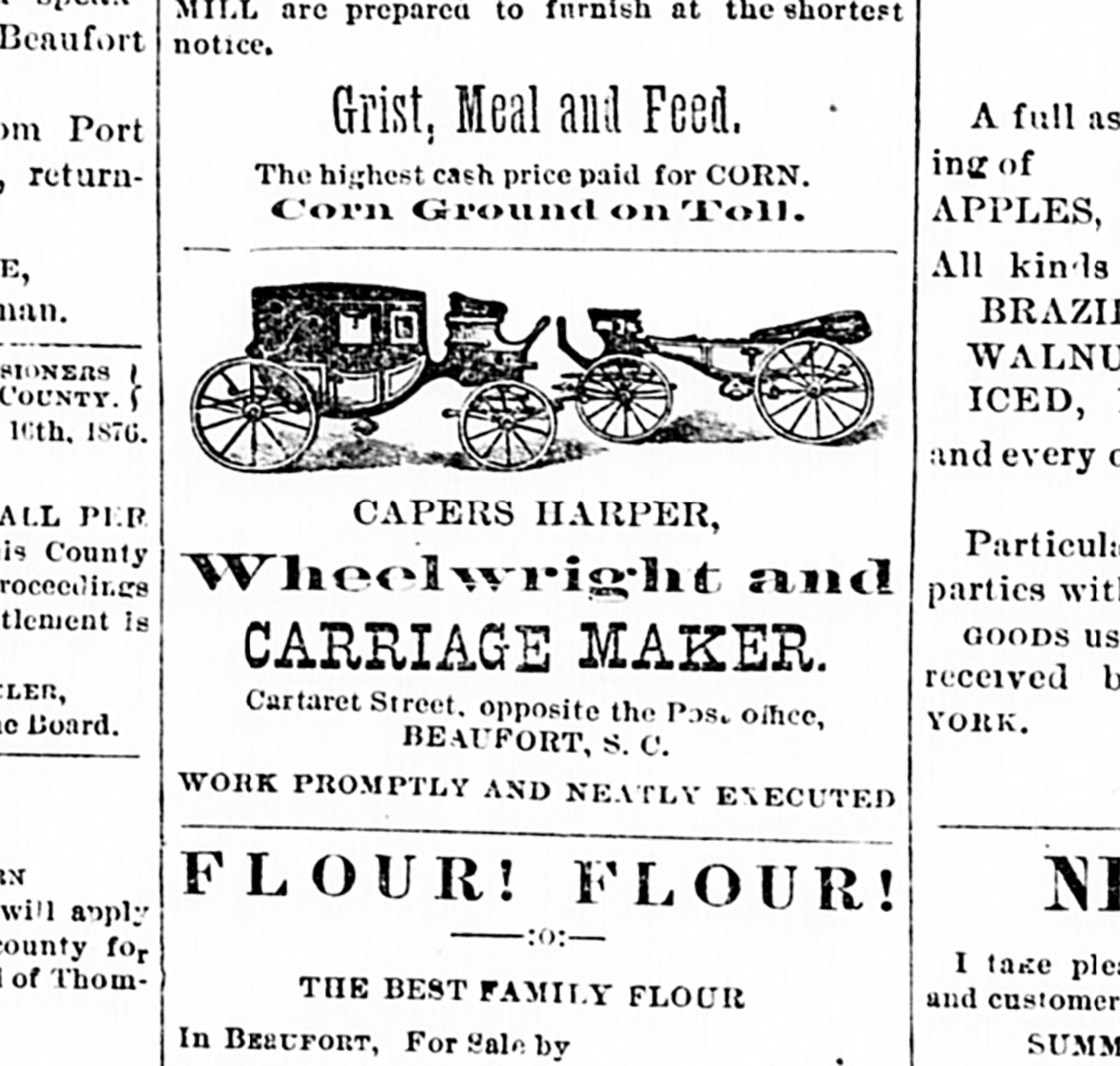
Combahee River Ferry & Harriet Tubman BridgeThe Combahee River Ferry crossing is marked by the Harriet Tubman Memorial Bridge, where Tubman and African American soldiers of the 2nd South Carolina Volunteer Infantry emancipated of over 750 enslaved people in June 1863 during the Combahee River Raid. 
First African Baptist Church BeaufortBeaufort's First African Baptist Church was started during the Reconstruction Era by freed people, and has been an active African American church since 1865. 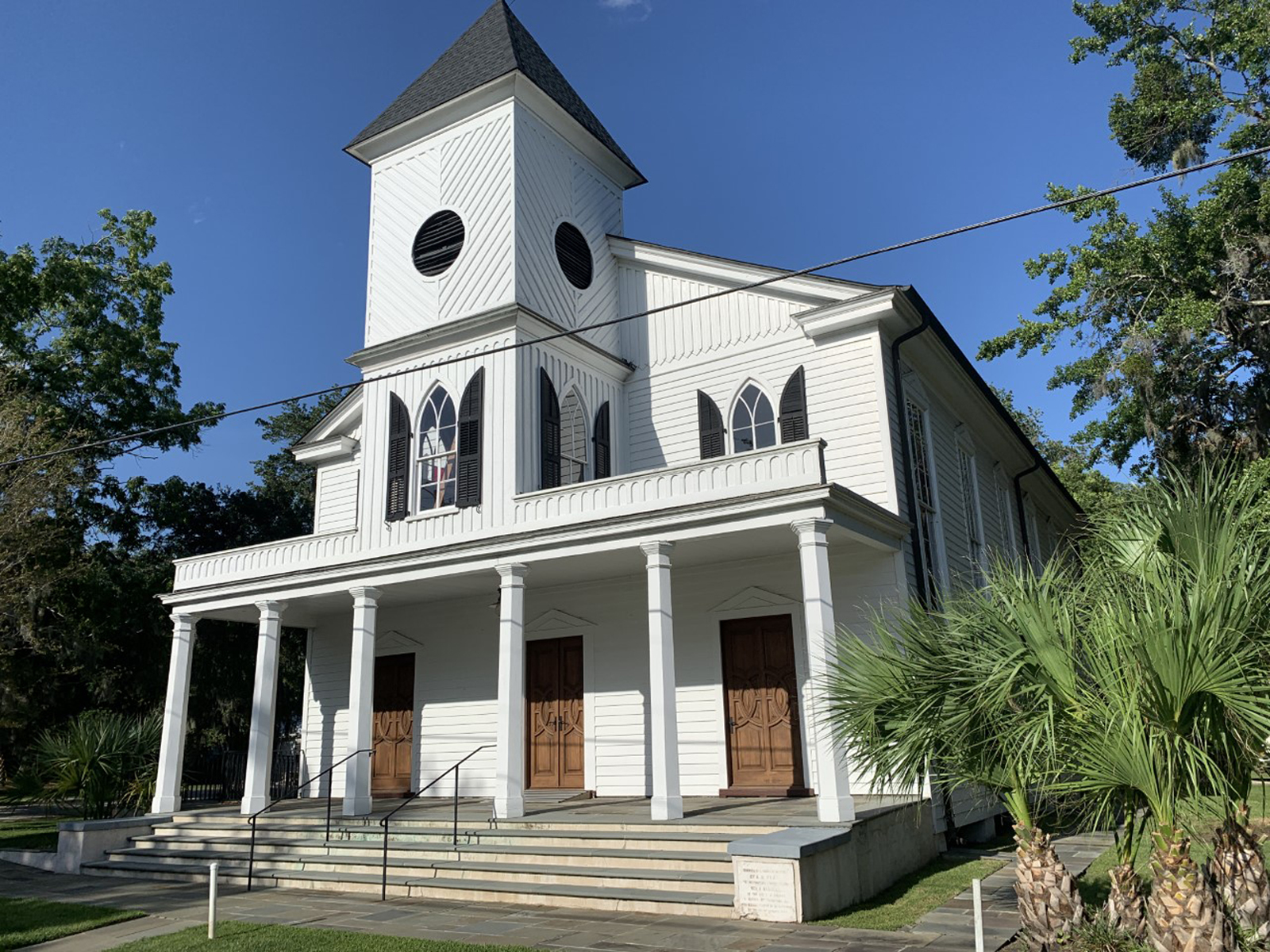
Francis Izzards Butcher Shop & StableStarting in 1866 into the 1870s Francis Izzard owned a butcher shop and stable on this site. 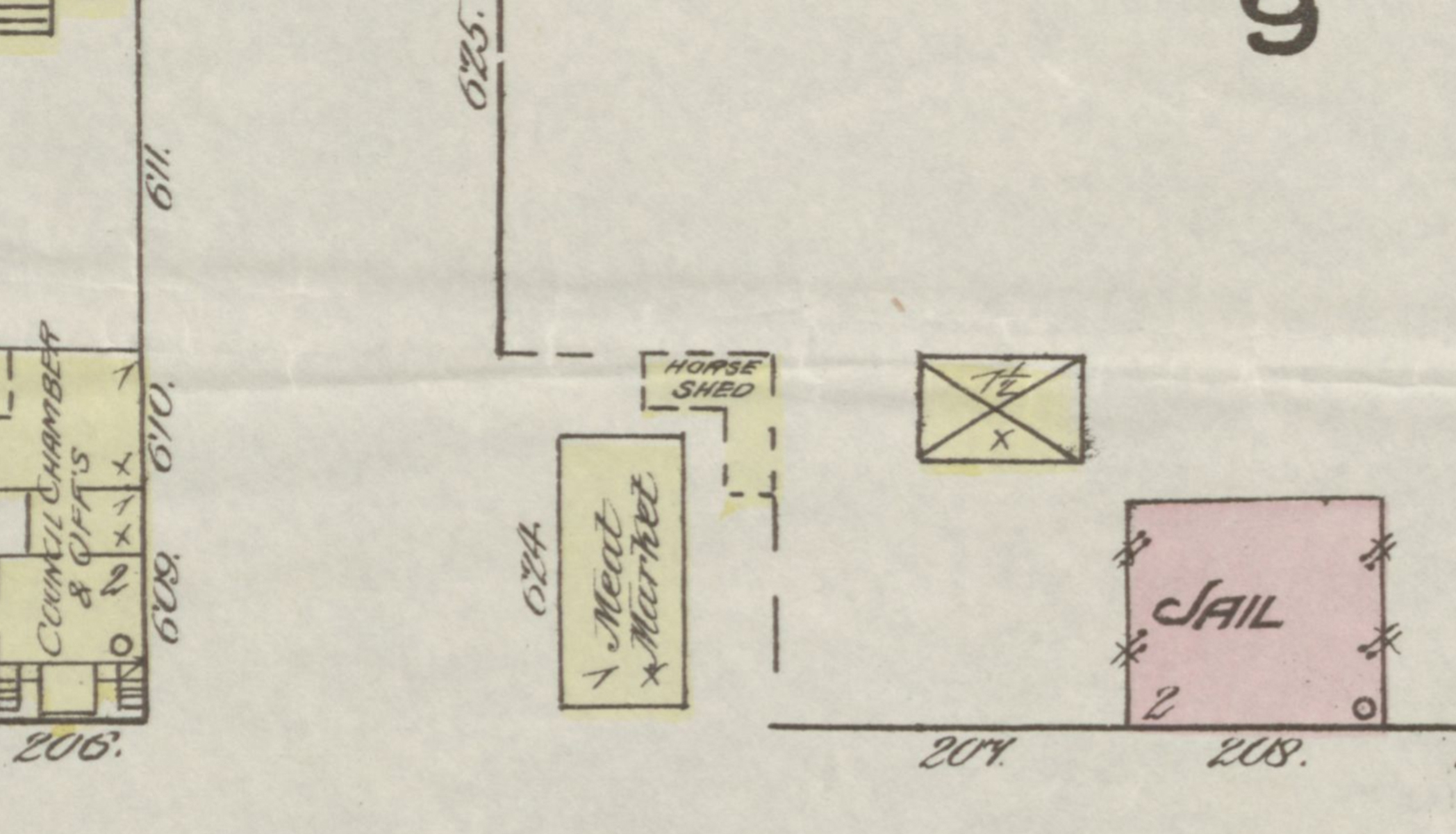
Freedman’s BankThe Freedman’s Bank operated on this site from 1865 until the Panic of 1873. 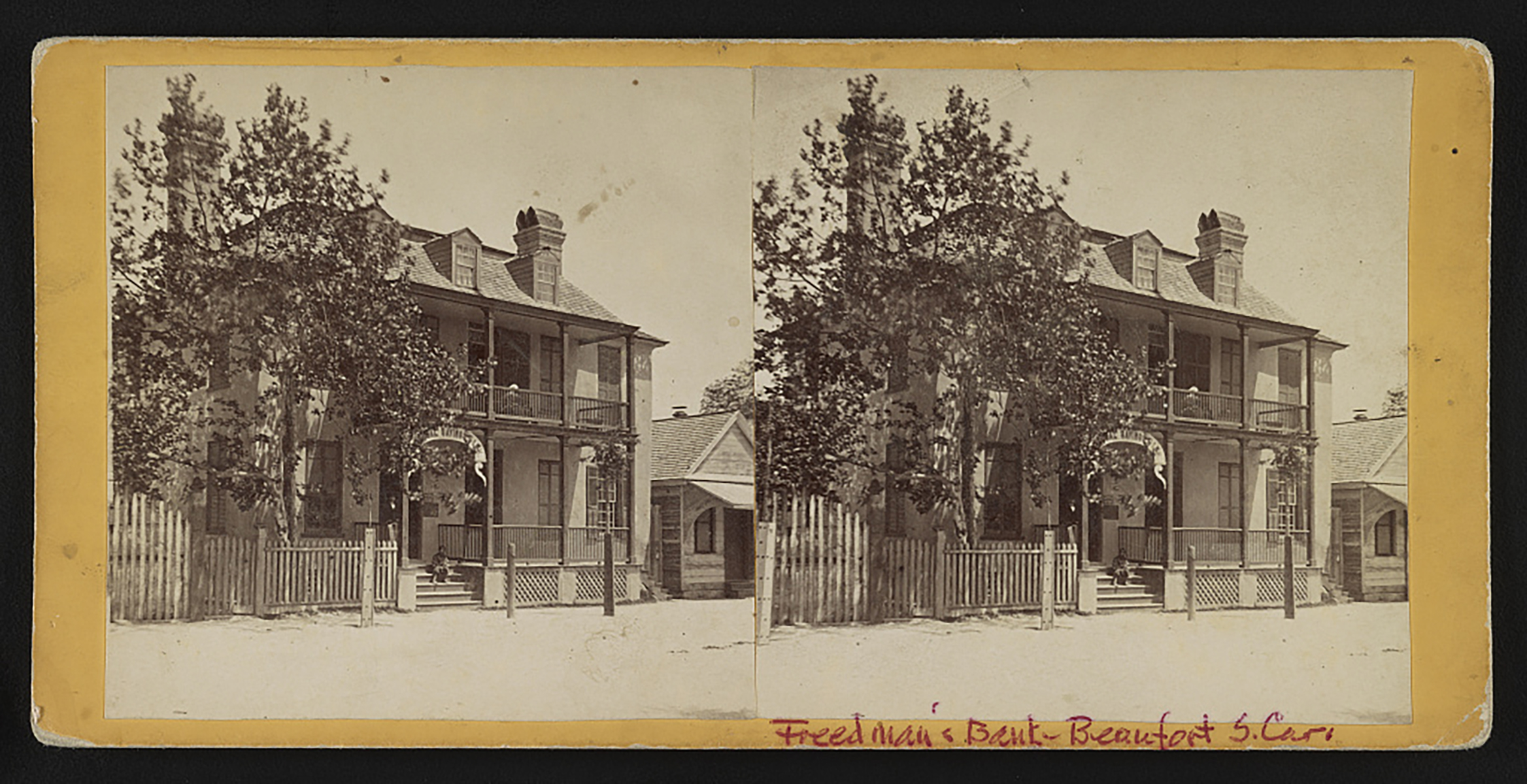
Gabriel Haynes Tailor ShopAt the 1864 Tax Auction Gabriel Haynes bought this site and operated a tailor shop. 
Harriet Tubman Laundry & BakeryLocated on this street was a laundry and bakery owned by Harriet Tubman 1862 to help fund her efforts with the U.S. military. 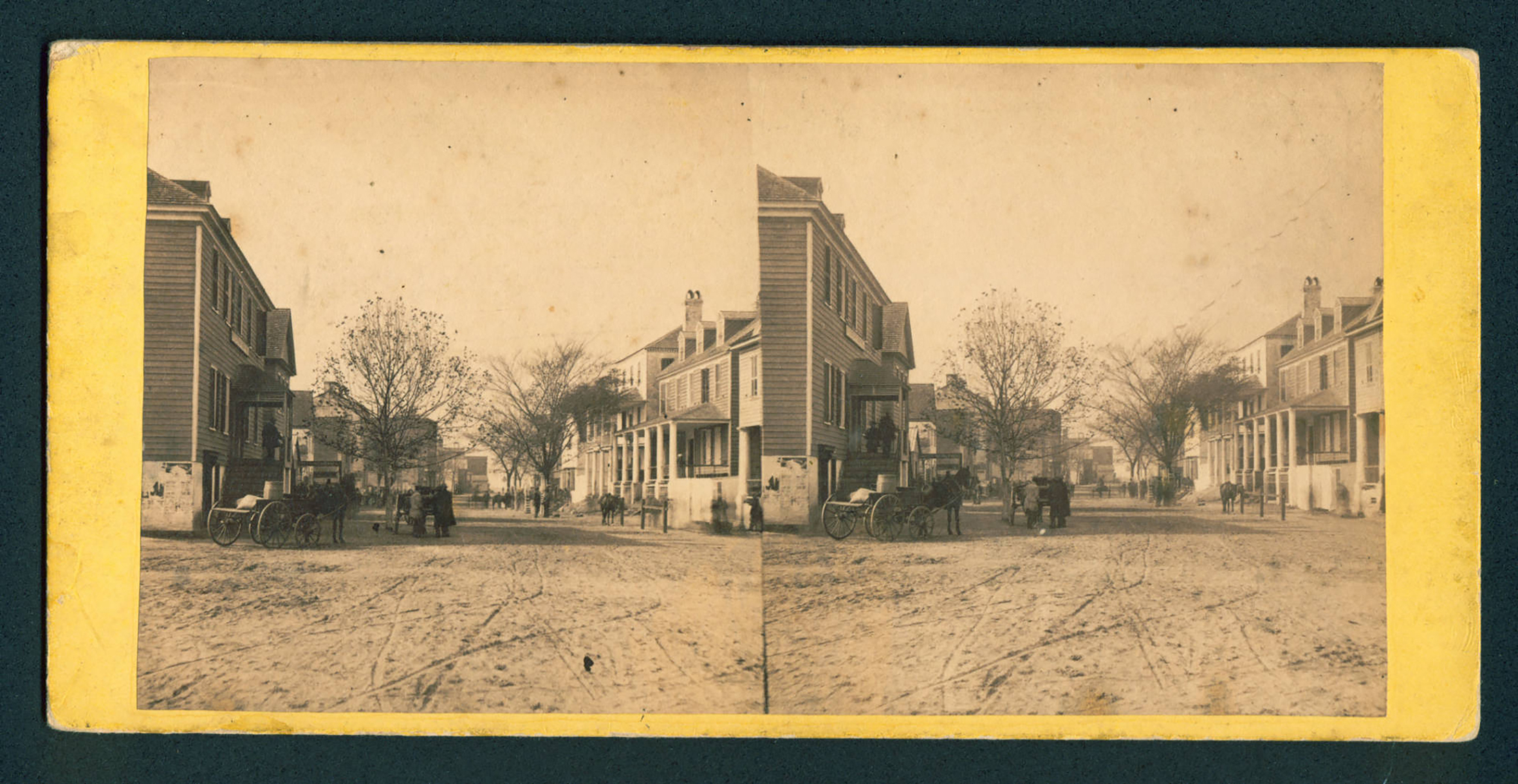
Henry C. Chambers Waterfront ParkHenry C. Chambers Waterfront Park serves as the social heart of downtown Beaufort, drawing residents and visitors alike. During the Civil War and Reconstruction, this was a working waterfront for the US military’s Department of the South. On June 1-2, 1863, the Combahee River Raid, famously led by Harriet Tubman, began and ended in this location. 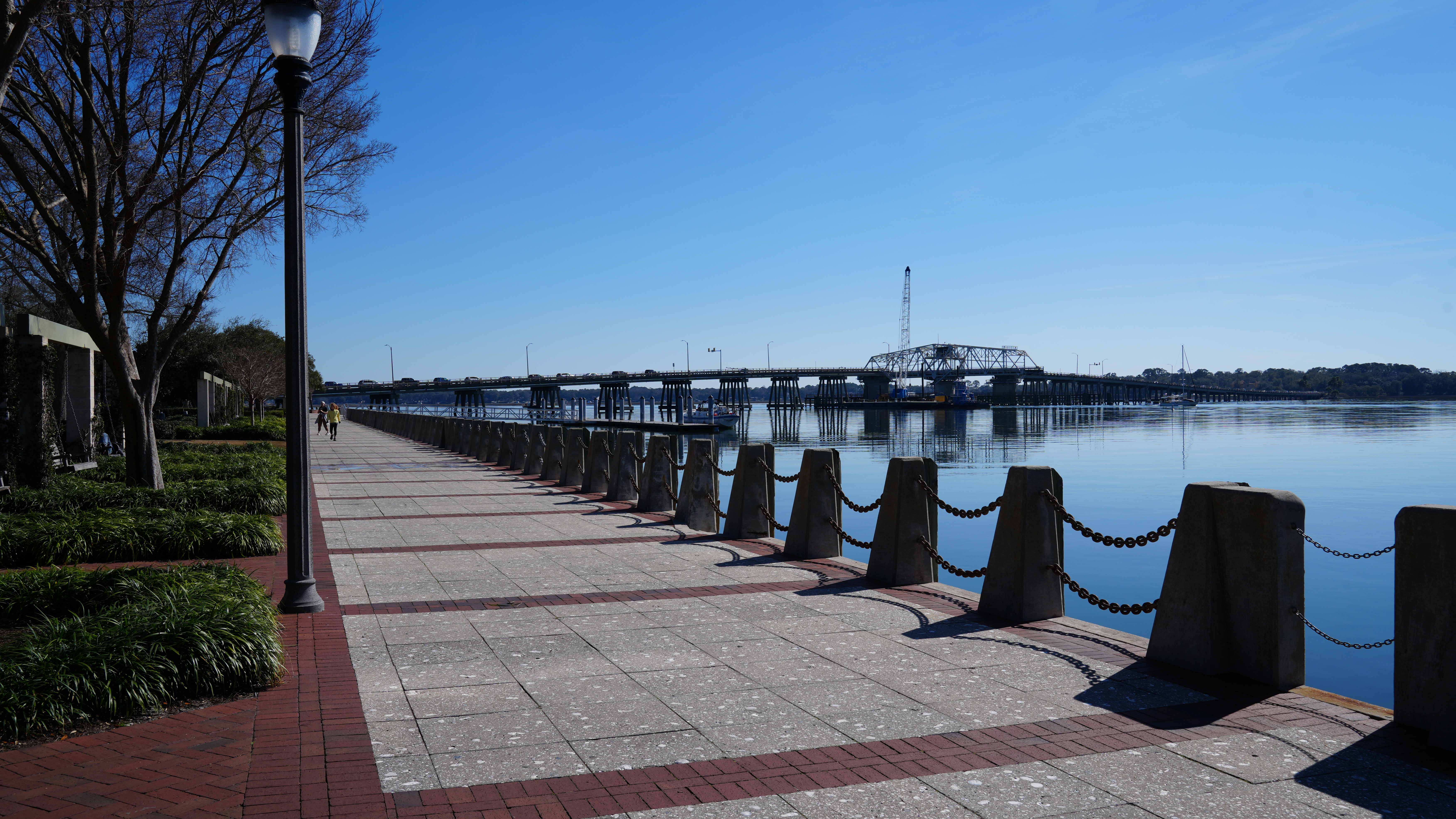
James Jenkins Beef & Mutton ShopToday two stores occupy the site that was James Jenkins Beef & Mutton Shop in the 1860s and 70s. 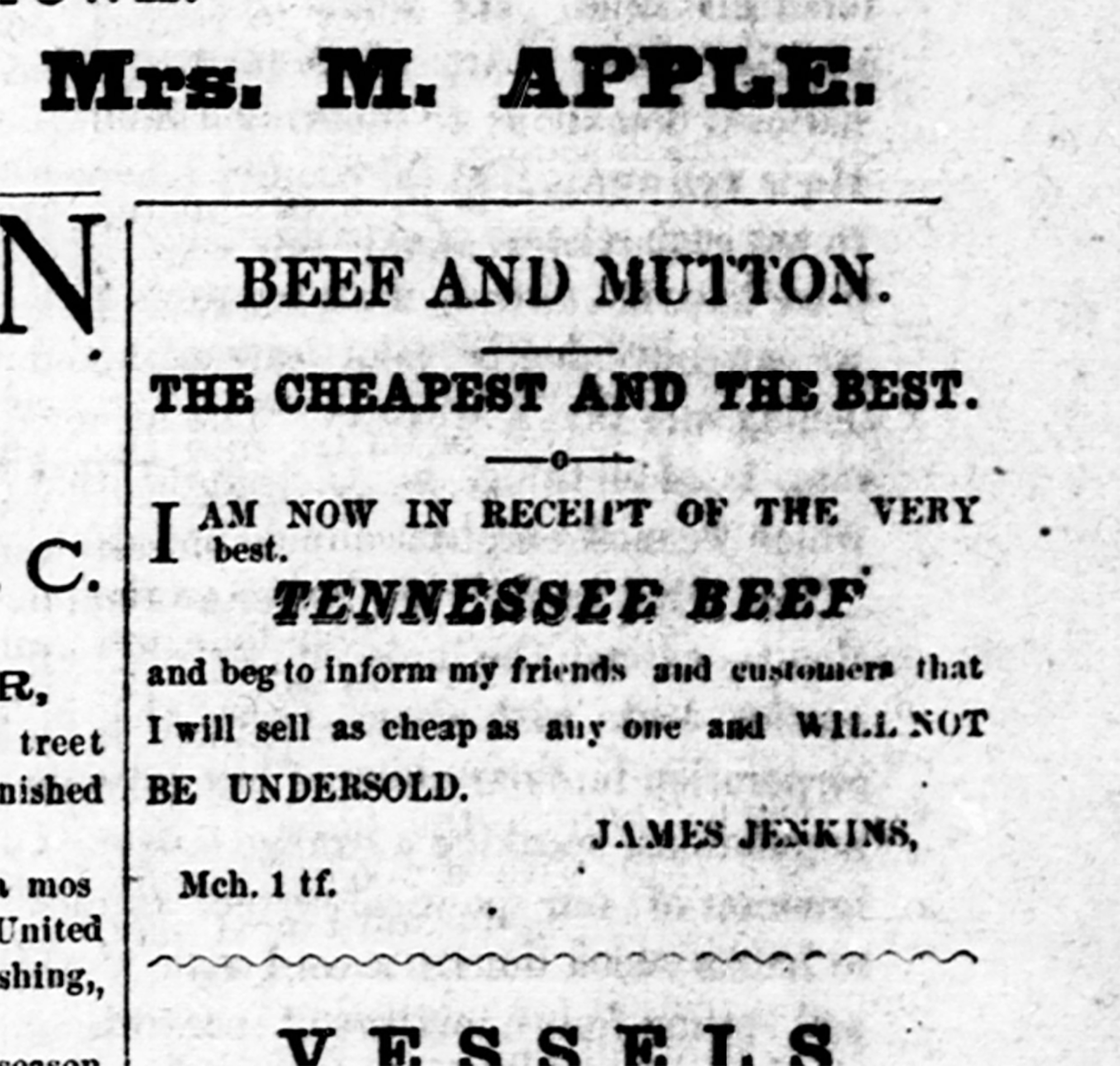
Jerry Savage WheelwrightIn the Reconstruction Era, Jerry Savage owned a carpentry and wheelwright shop on this site. 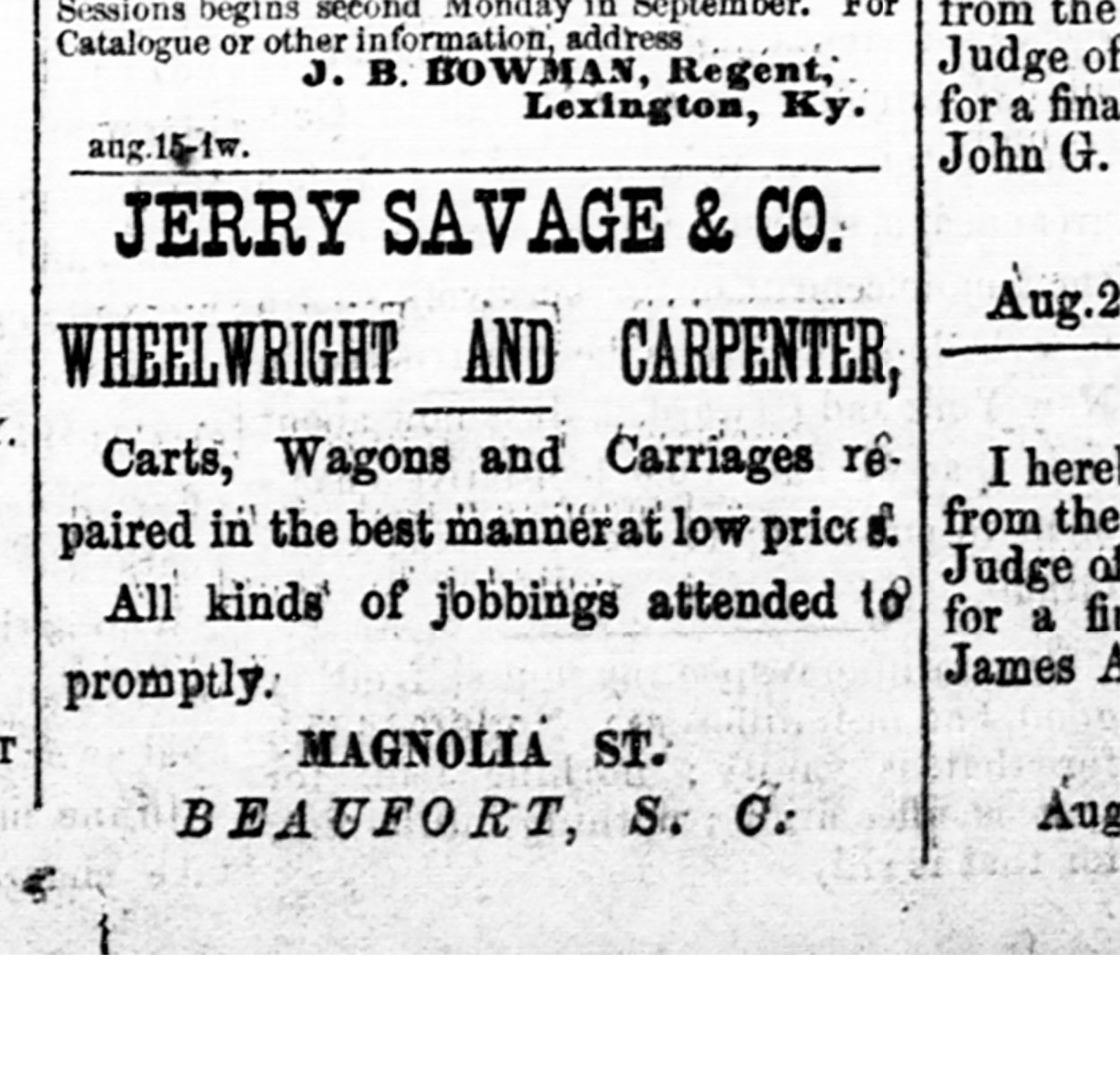
Mather CottageIn 1868 Rachel Mather purchased twenty acres of land with a cottage for eighty-seven dollars. The cottage acted as Rachel Mather’s home, and later became known as Mather Cottage. 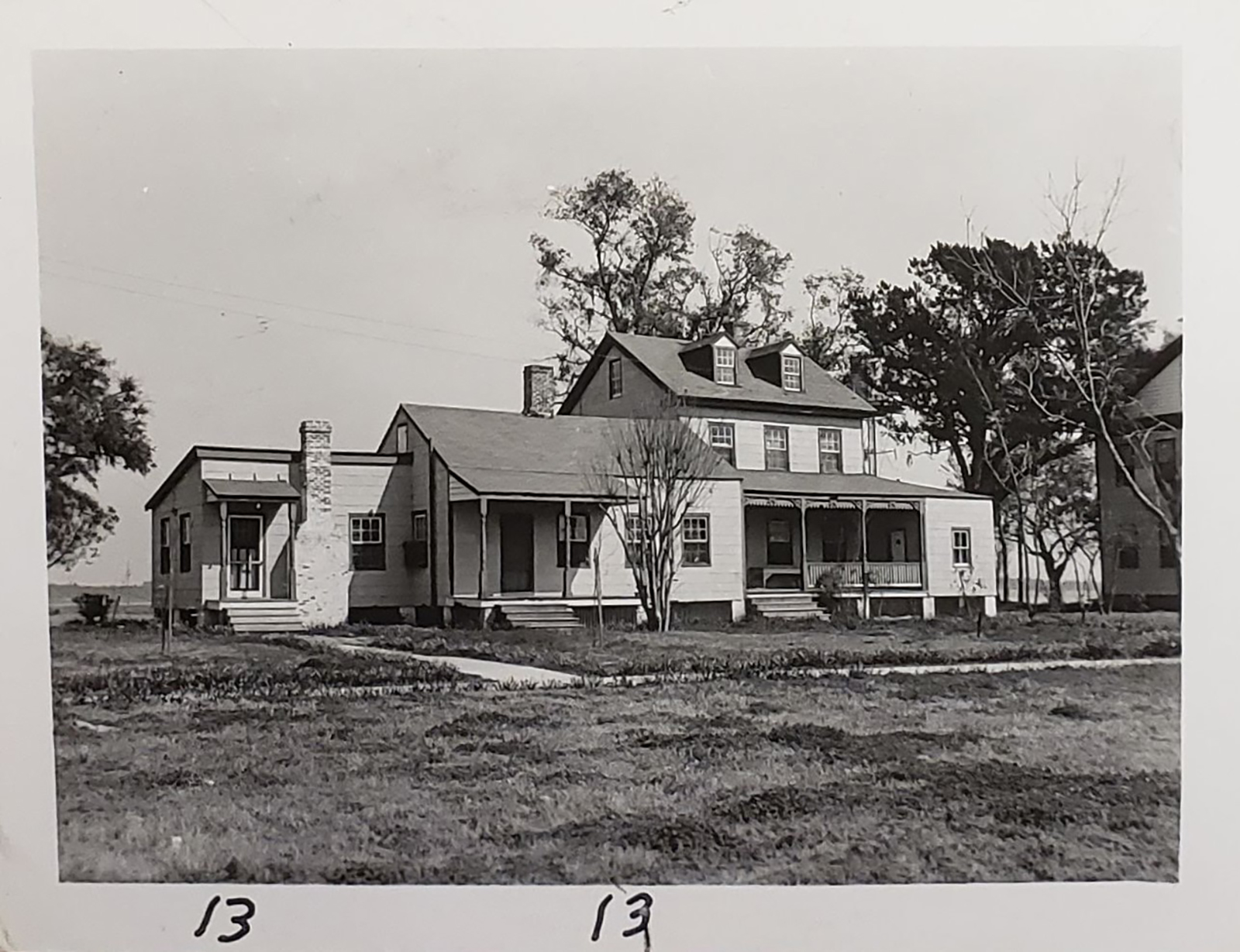
Mather School BellThe school bell at Mather was rung for the summoning of students for meals, school get-togethers and emergencies. 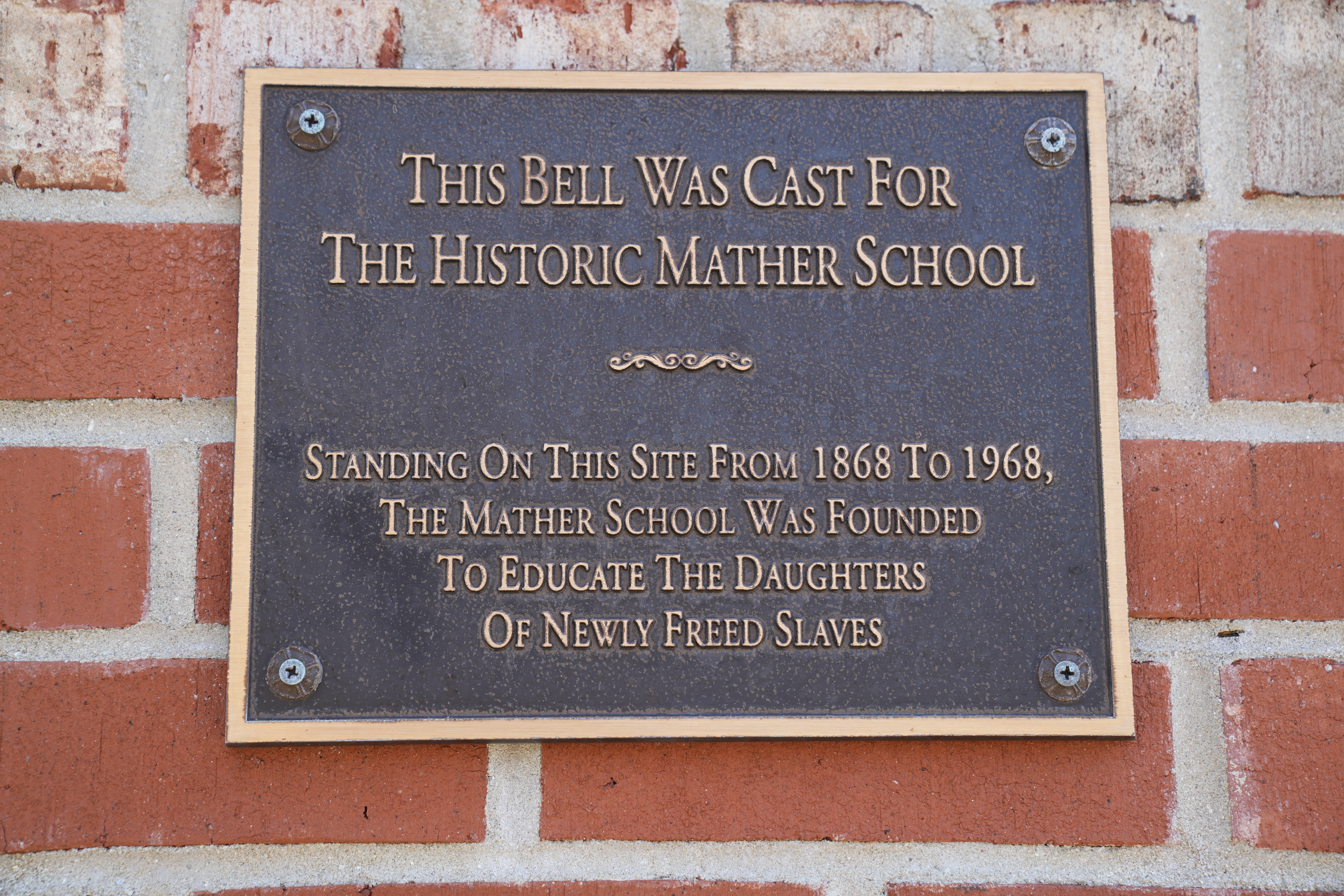
Mather School Coleman HallColeman Hall overlooks the Beaufort River. Constructed by Charles A. Eshleman, the building was completed in 1928. Coleman Hall was the seventh building to be built on the Mather campus. 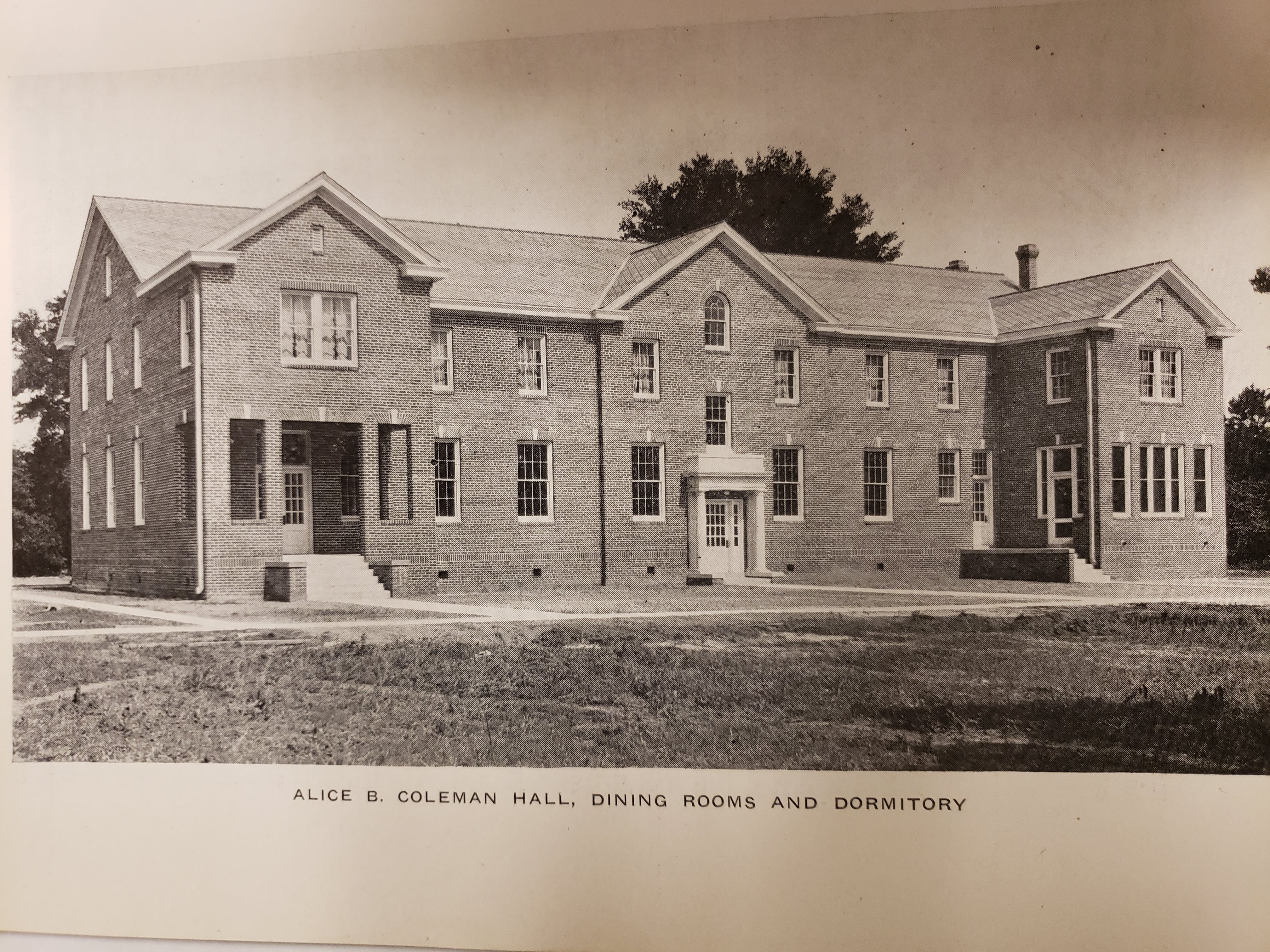
Mather School GymThe Wildy Memorial Gymnatorium on the Mather School campus was named in honor of Melvin T. Wildy, an honorable citizen of Beaufort County, as well as a member of Brick Baptist Church, and the Beaufort County School Board. 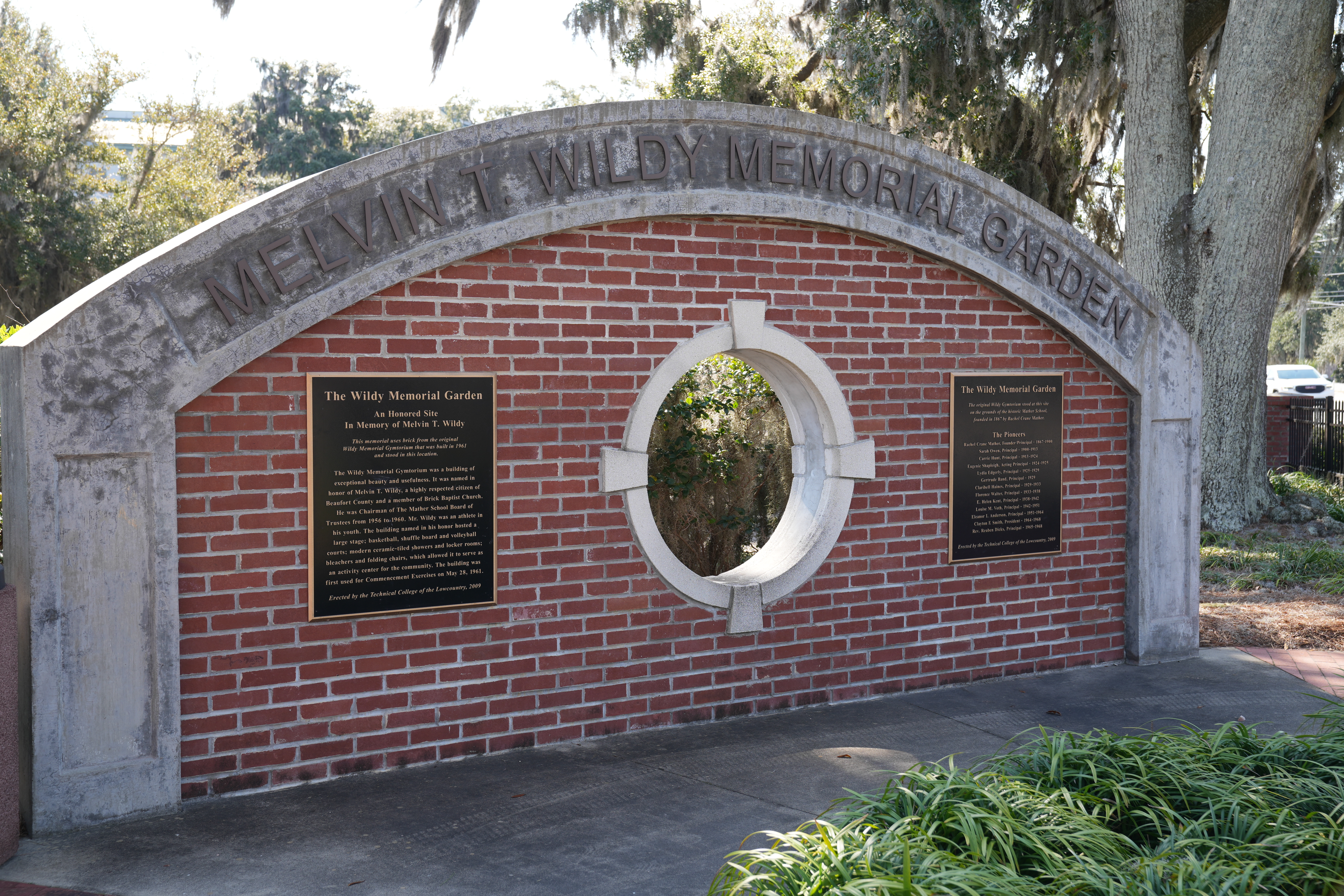
Mather School Howard HallResiding close to the school bell, Howard Hall housed the campus’ chapel. The building was named after Mary Howard of Connecticut. 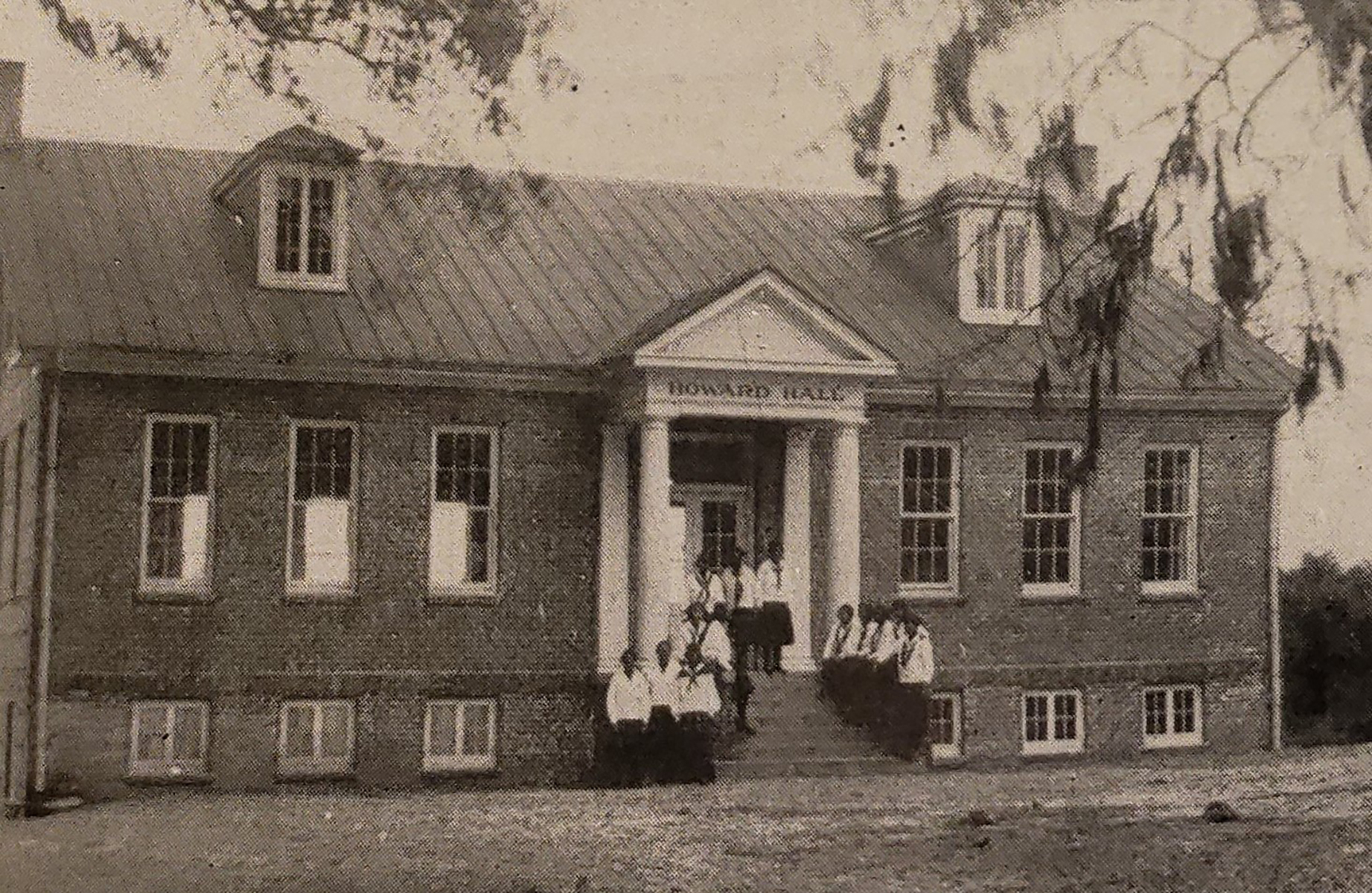
Mather School Sales HouseMany students who lived on the Mather School campus needed a place where they could buy various goods to meet their needs. A store house was erected in the late 1800s for students to utilize and receive goods from. 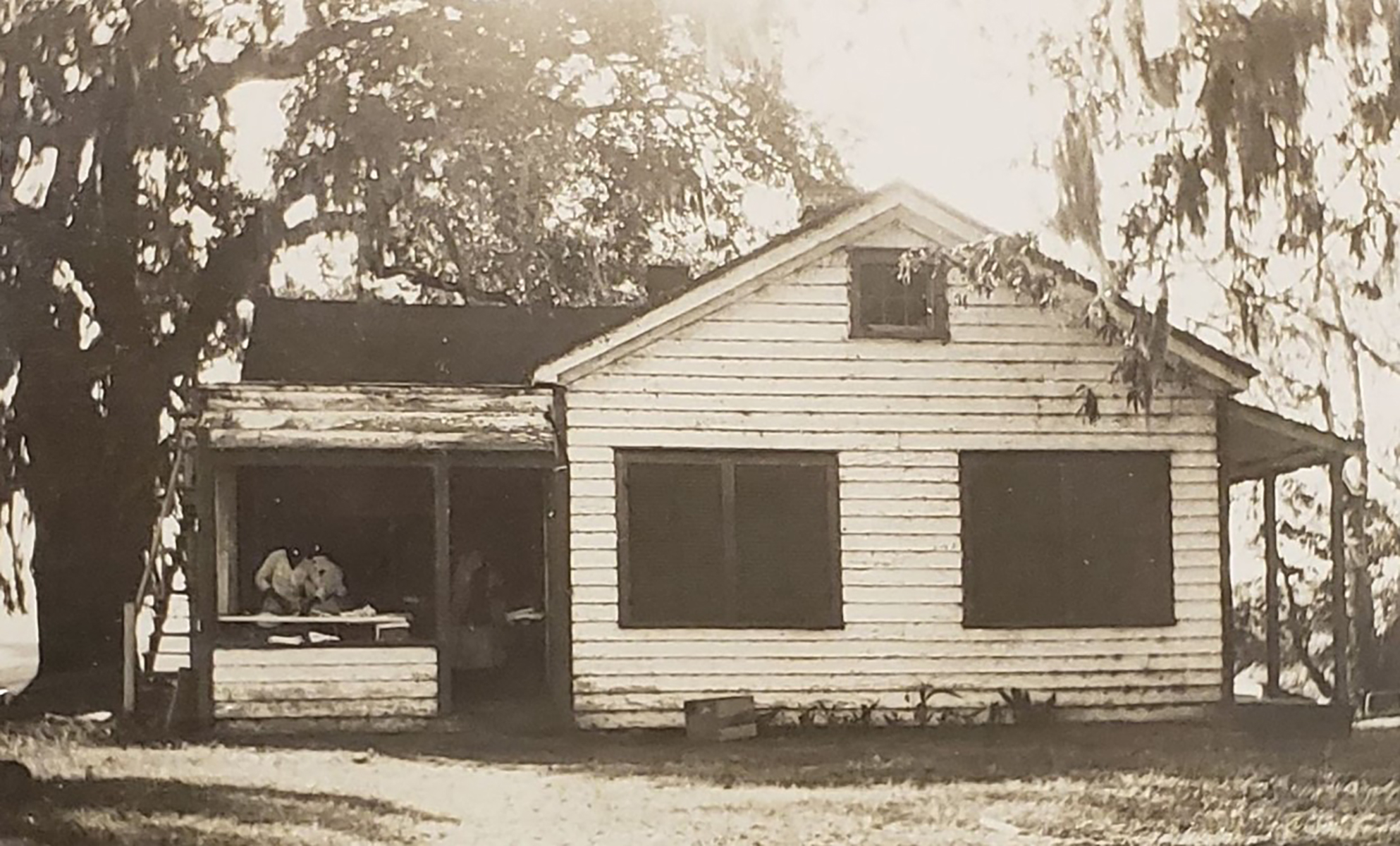
Mather School Stoughton HallRachel Mather died before the end of the school year in 1903, however, her legacy with the Mather School continued to thrive. New buildings were added to the campus, starting with Stoughton Hall. The building was completed in 1907. 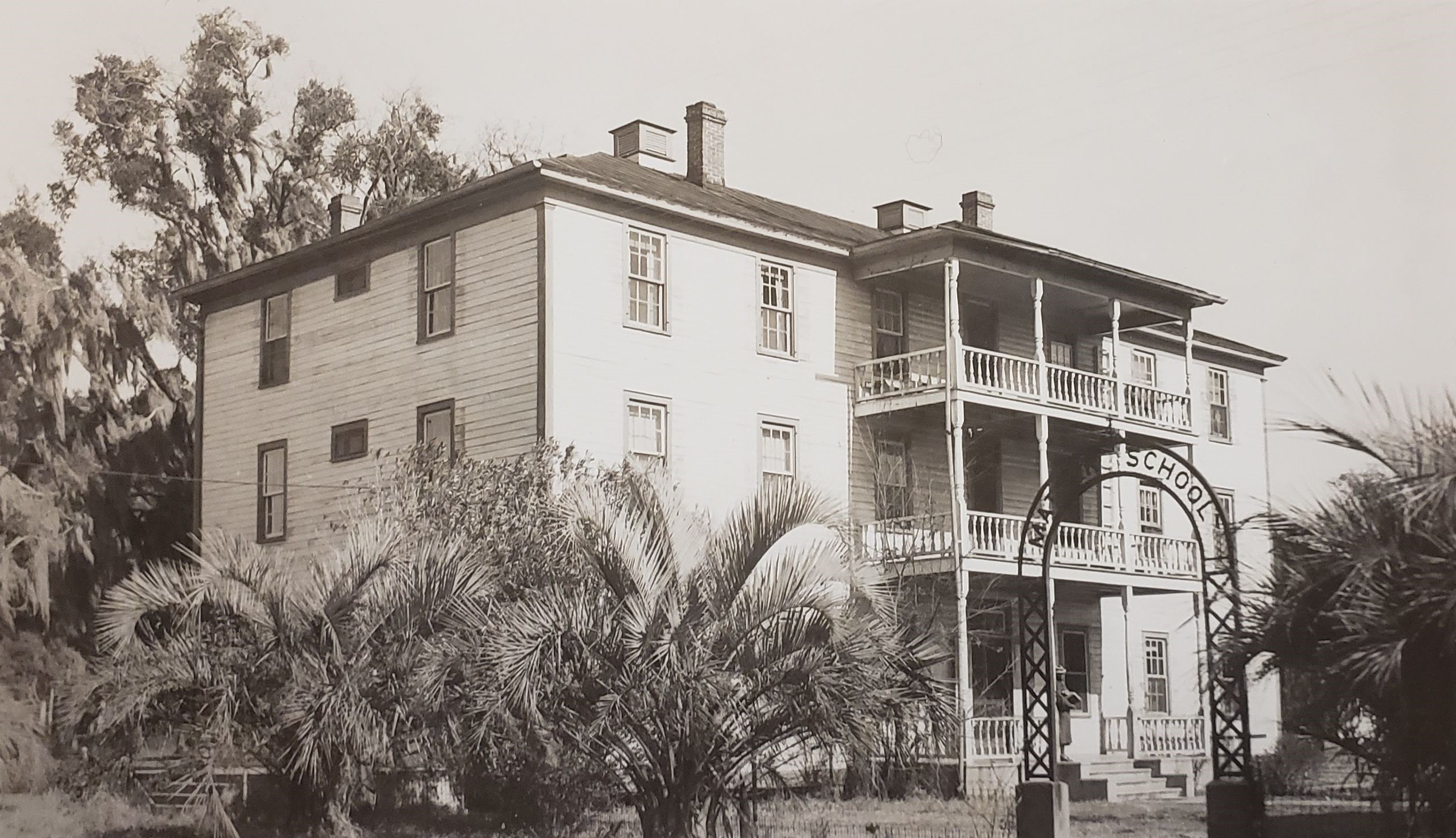
Prince Rivers Retail StoreAfter the Civil War, Prince Rivers owned a liquor and retail shop on this site that now acts as a chocolate store. 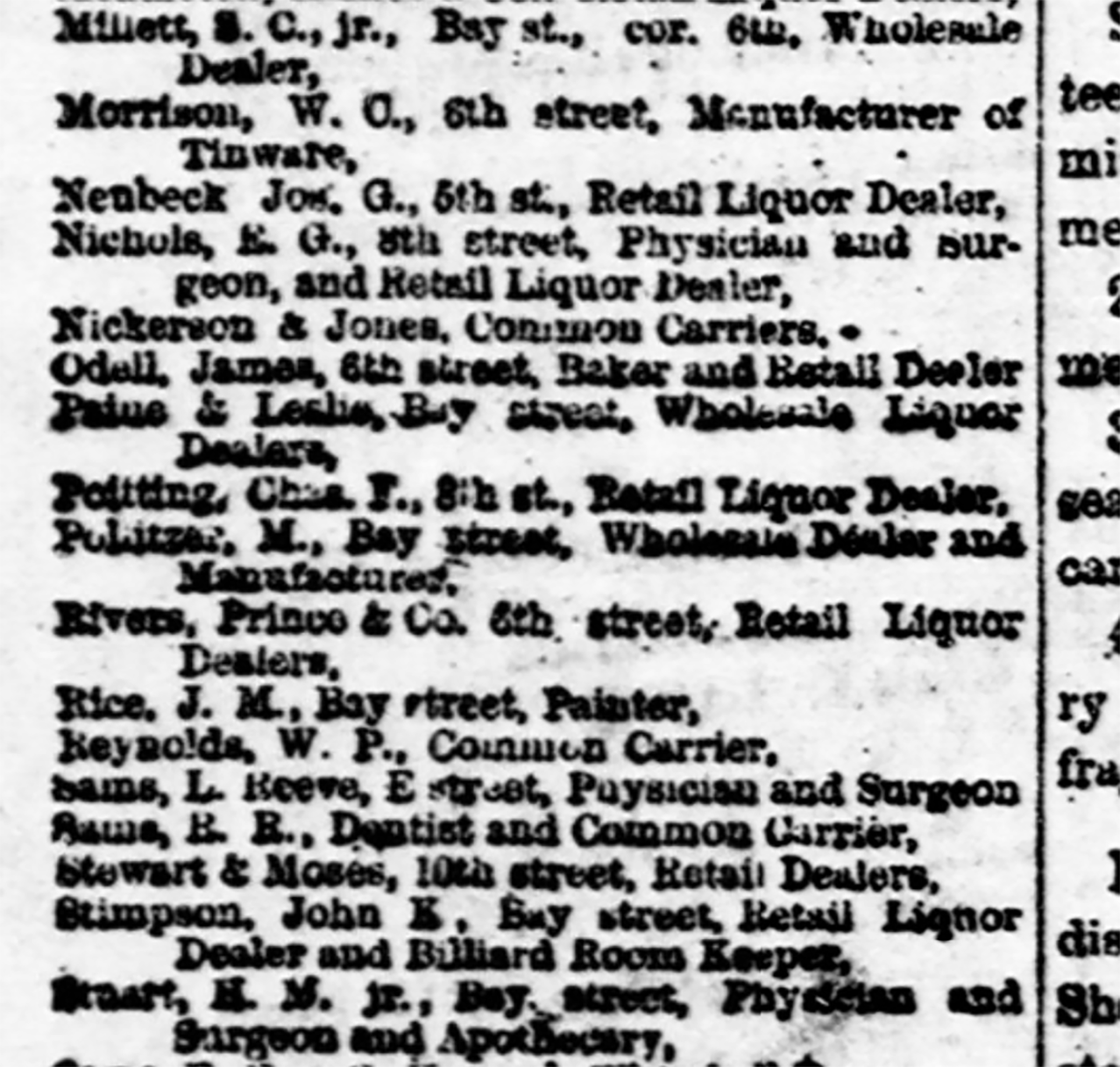
Richard Dailey’s RestaurantIn the 1870s Richard Dailey from Delaware owned an “Eating House” on Bay Street. 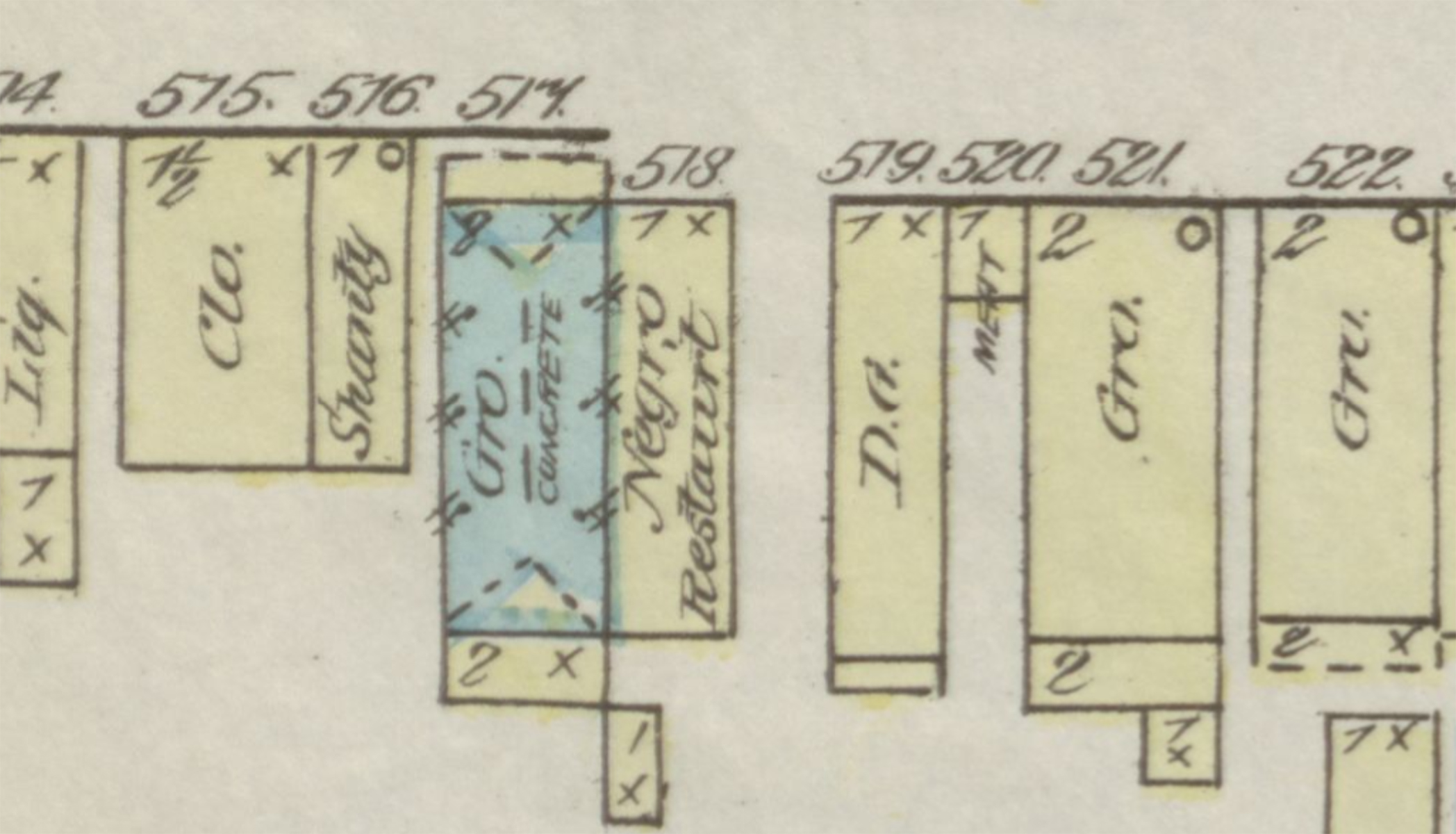
Roger Pinckney, X Park and Pigeon Point Boat LandingThe Roger Pinckney, X park is managed by the City of Beaufort and is next to the Pigeon Point Boat Landing. During the Civil War, there was a small refugee camp for formerly enslaved people located nearby. In the aftermath of the Combahee Raid, approximately 150 people joined the United States Army in the 2nd South Carolina Volunteers at the camp located here at Pigeon Point. 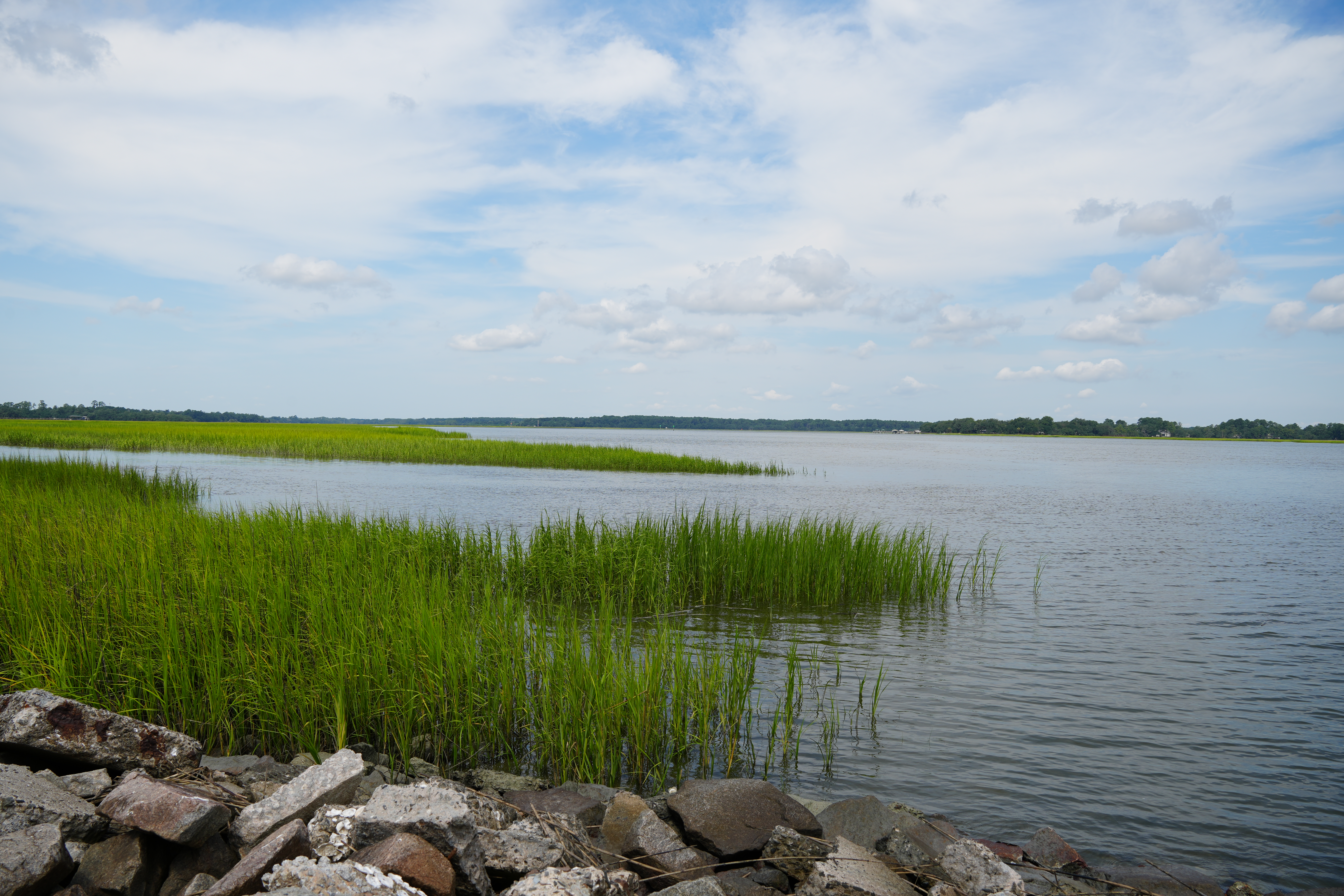
South Carolina: Penn CenterFounded in 1862 as a school for freed slaves, Penn School established a commitment to Black education, community welfare, and cultural heritage that has remained strong for over 150 years. Penn School functioned as an educational institution, health clinic, farm bureau, catalyst for community action, and a repository for preserving St. Helena Island’s unique Gullah heritage and written history. 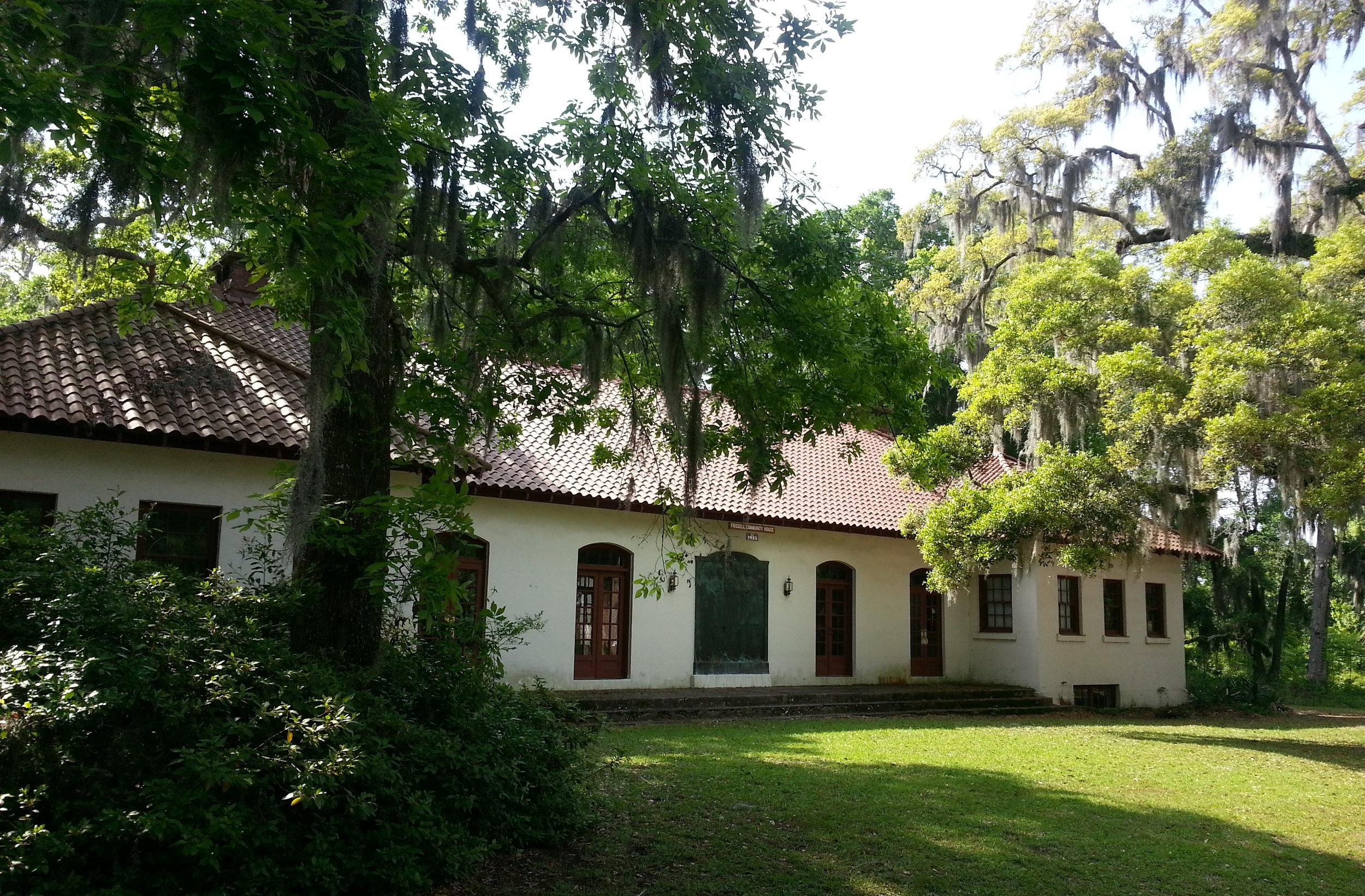
Tabernacle Baptist Church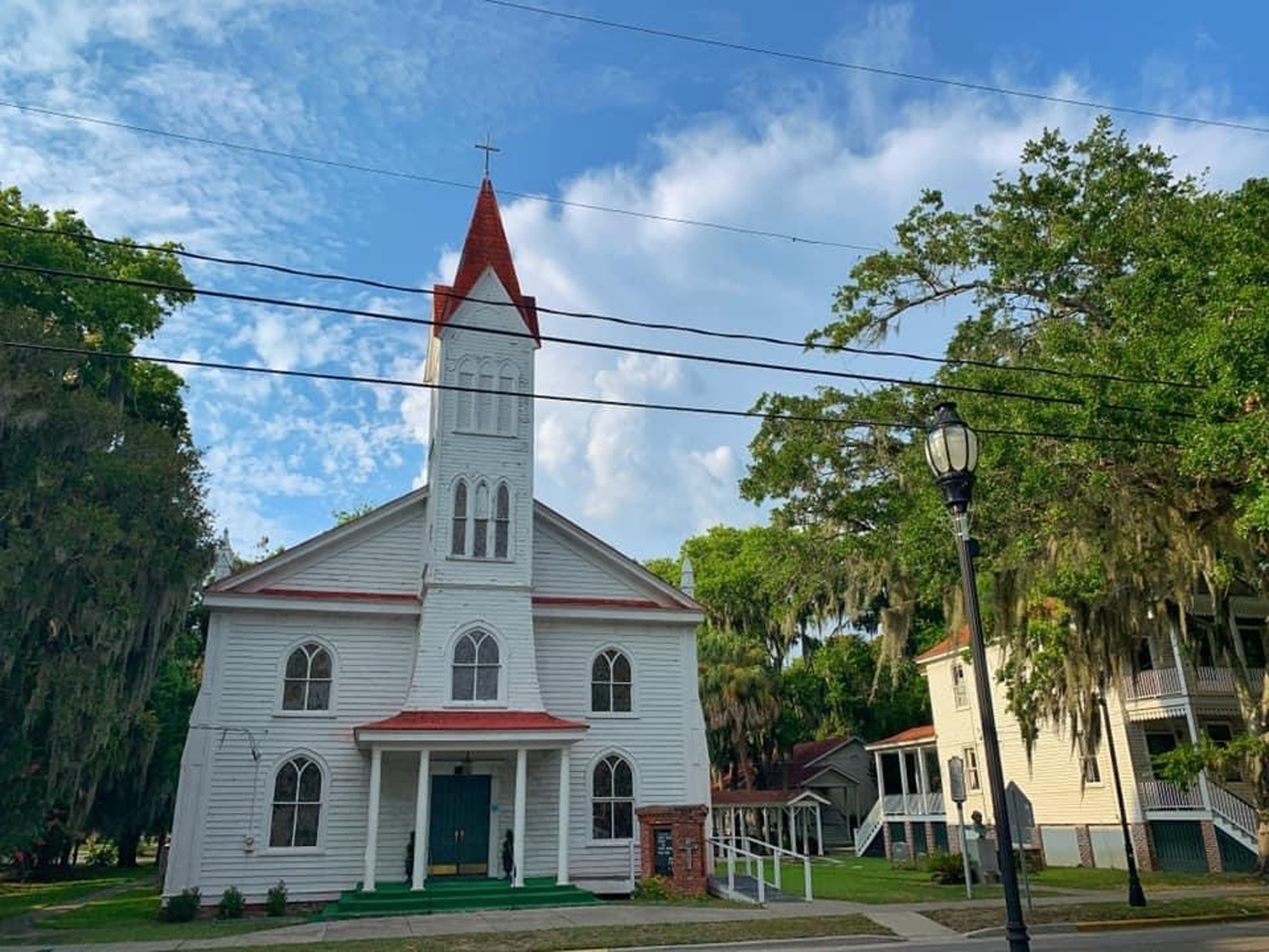
The Mather SchoolThe Technical College of the Lowcountry Beaufort Mather Campus is located at the site of the Mather School, a Reconstruction era educational institution located in Beaufort South Carolina. Established by Rachel Crane Mather in 1868, today the campus is a part of the Reconstruction Era National Historic Network. 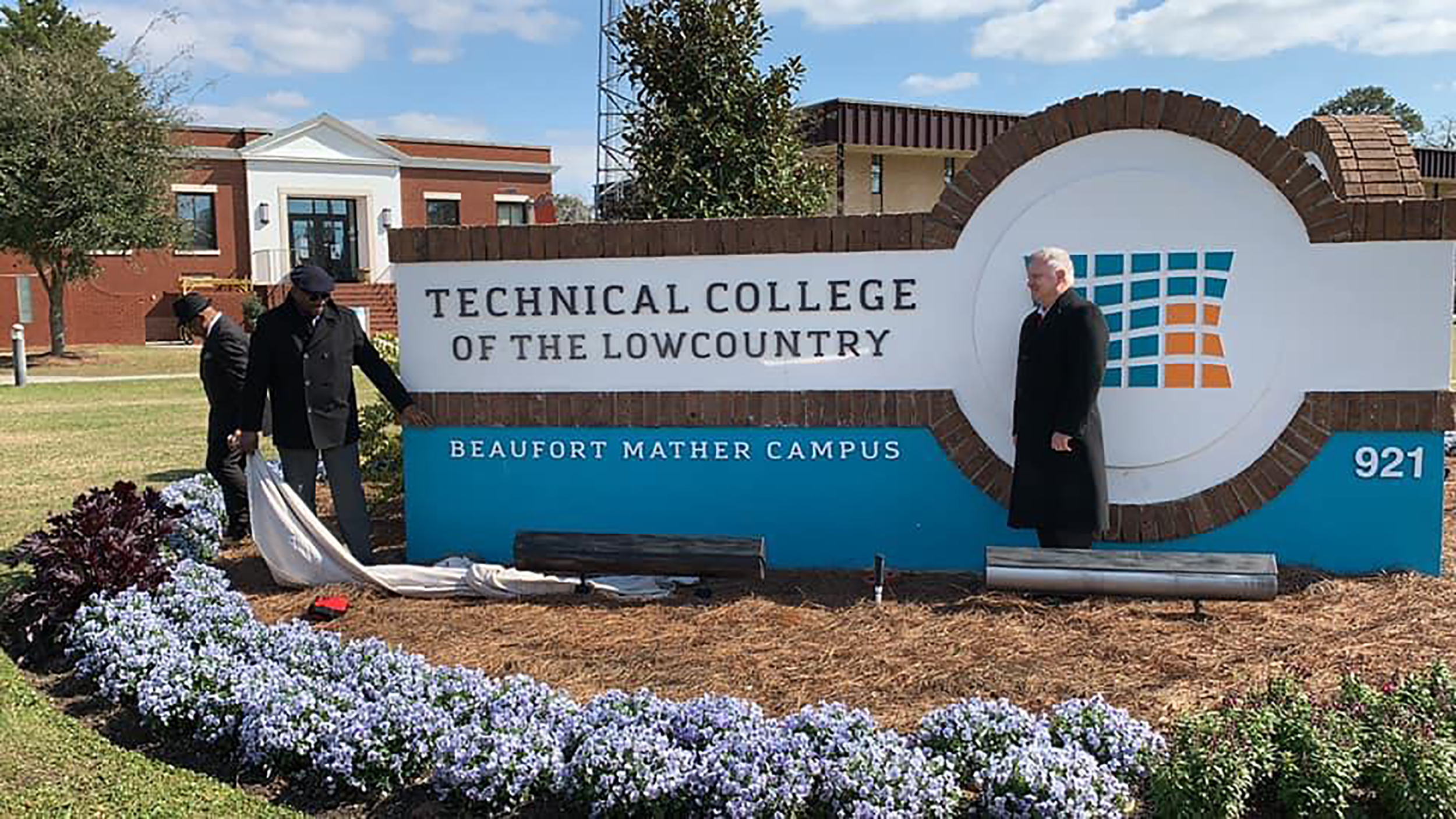
The Robert Smalls HouseThe Beaufort home of Congressman and Civil War veteran Robert Smalls. 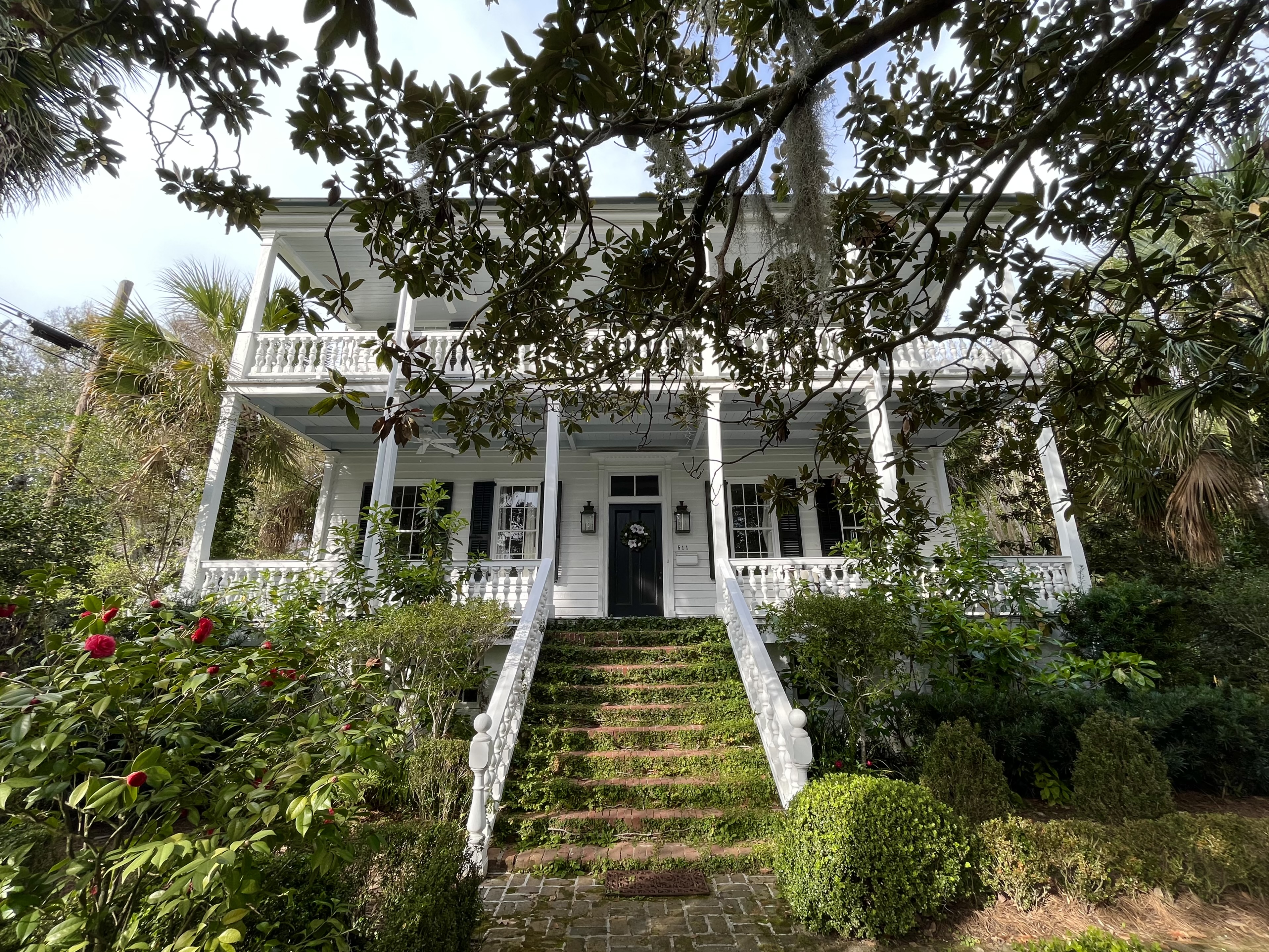
W.C. Morrison Tin SmithNow a public library, in the 1860s and 70s William C Morrison operated a tinsmith shop on this site. 
W.M. Mitchell BlacksmithWilliam Mitchel operated a blacksmith shop on this site in the 1870s. 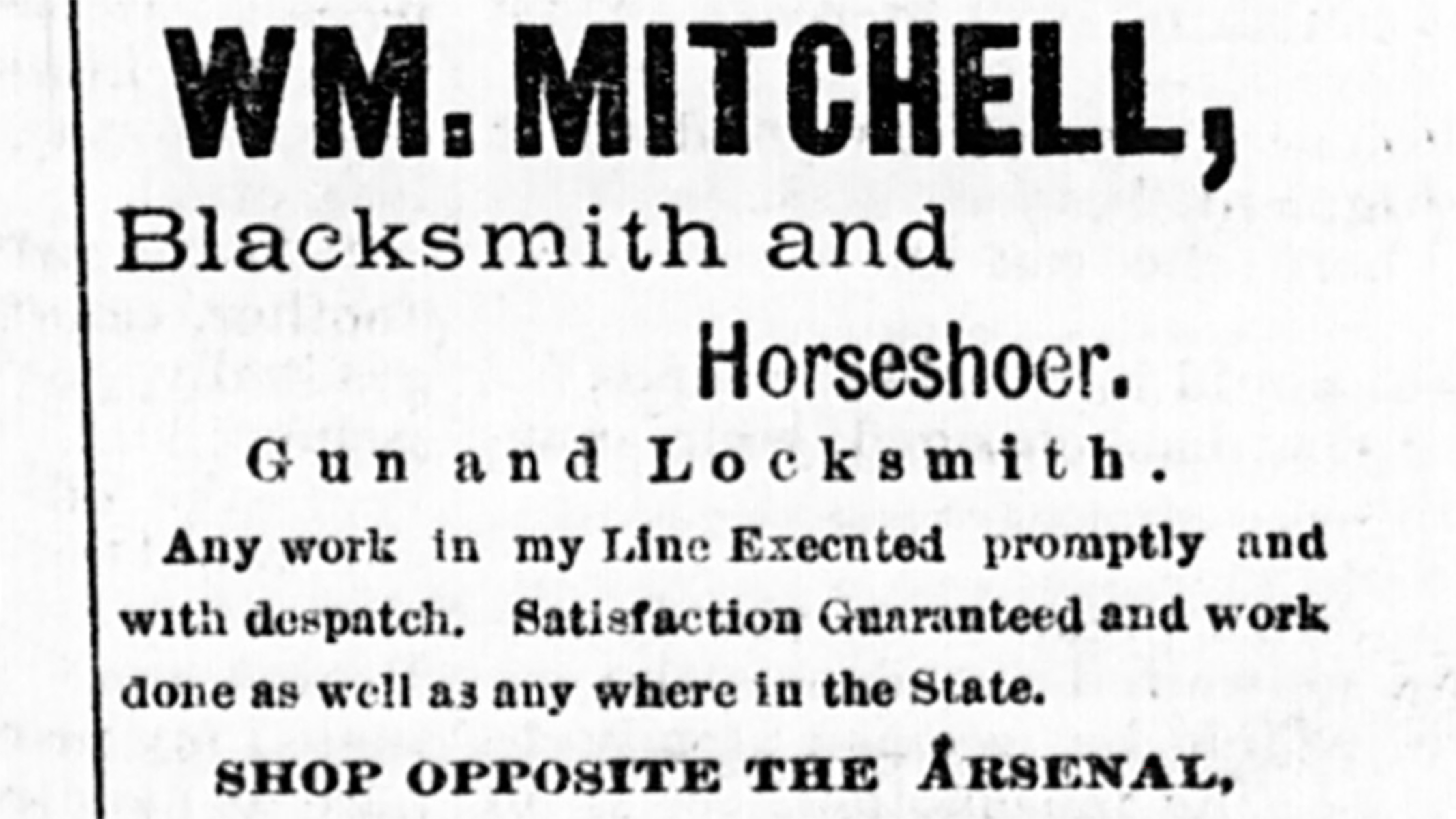
|
| Visitor Centers | Count: 3
Darrah Hall
Pinckney-Porter's Chapel Visitor Contact Station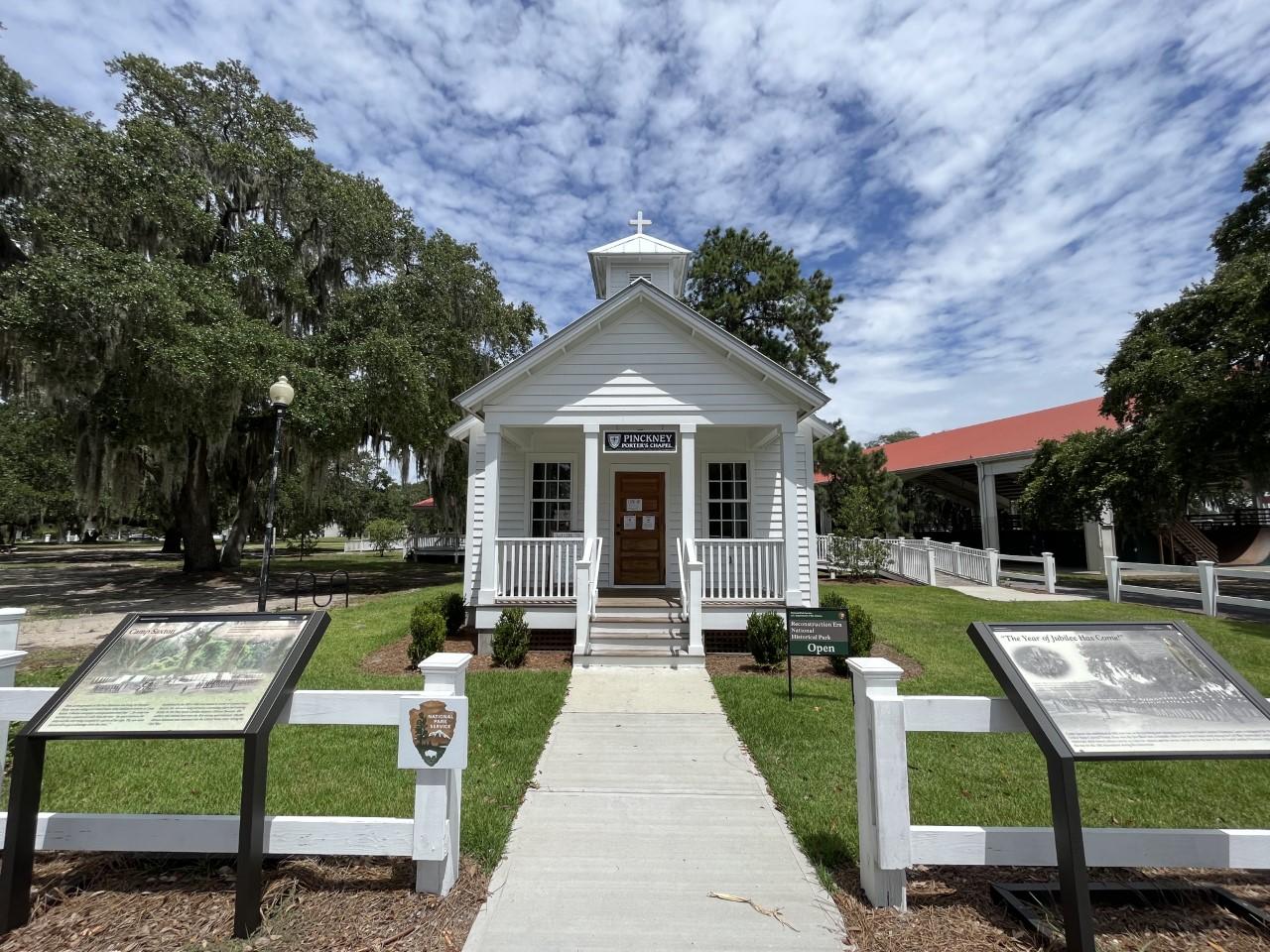
Reconstruction Era National Historical Park Visitor Center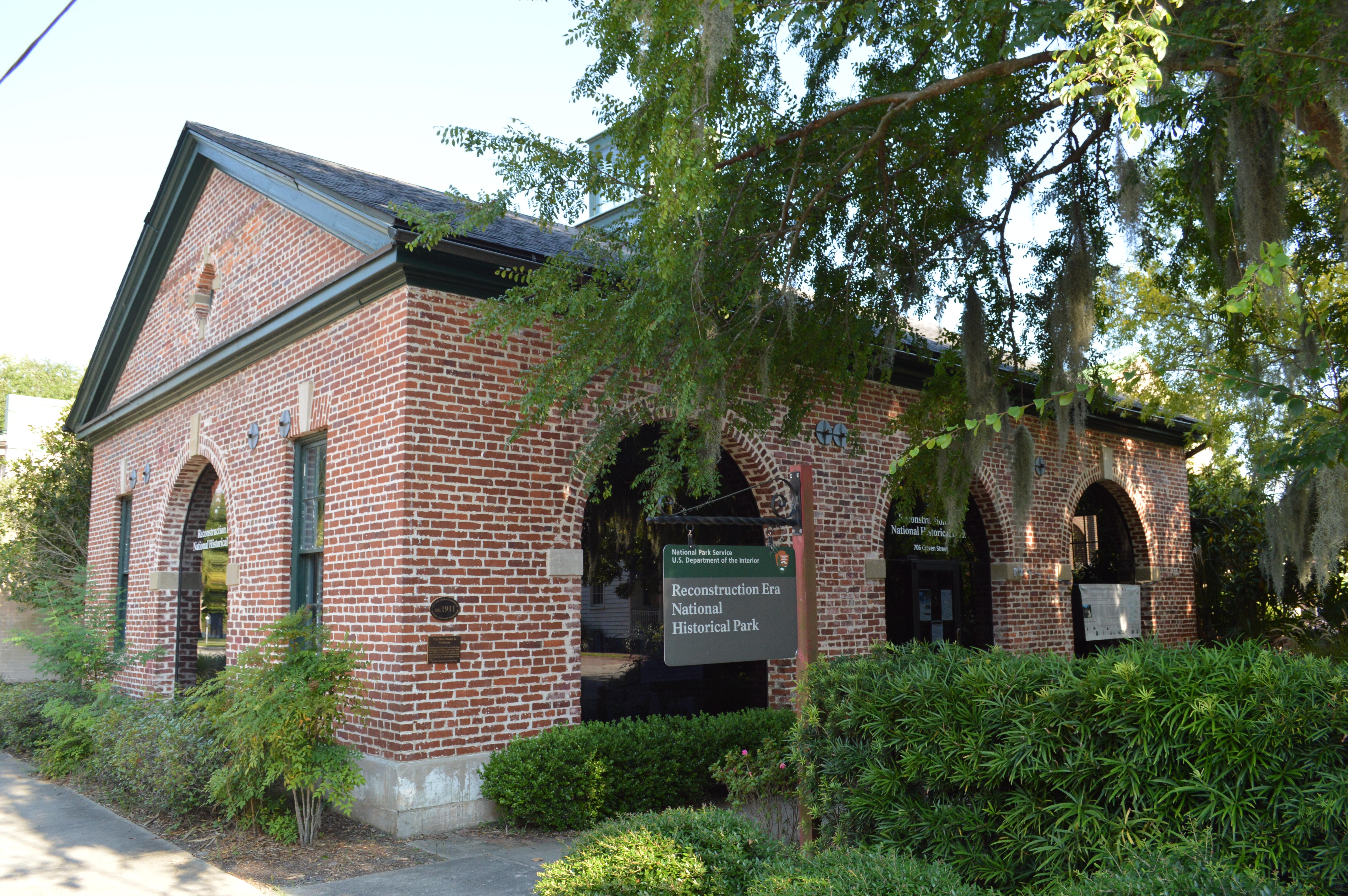
|
| Things to do | Count: 8

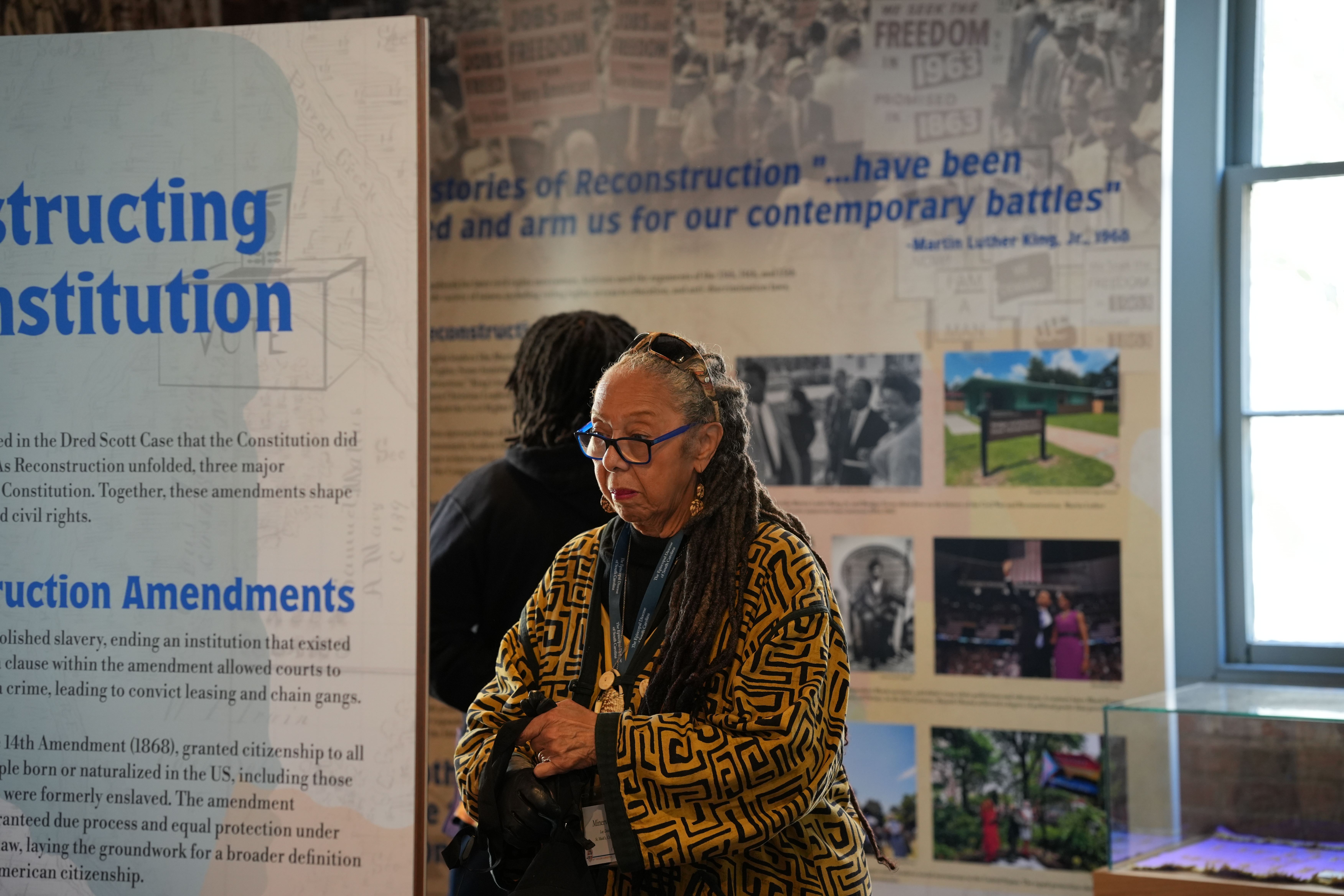

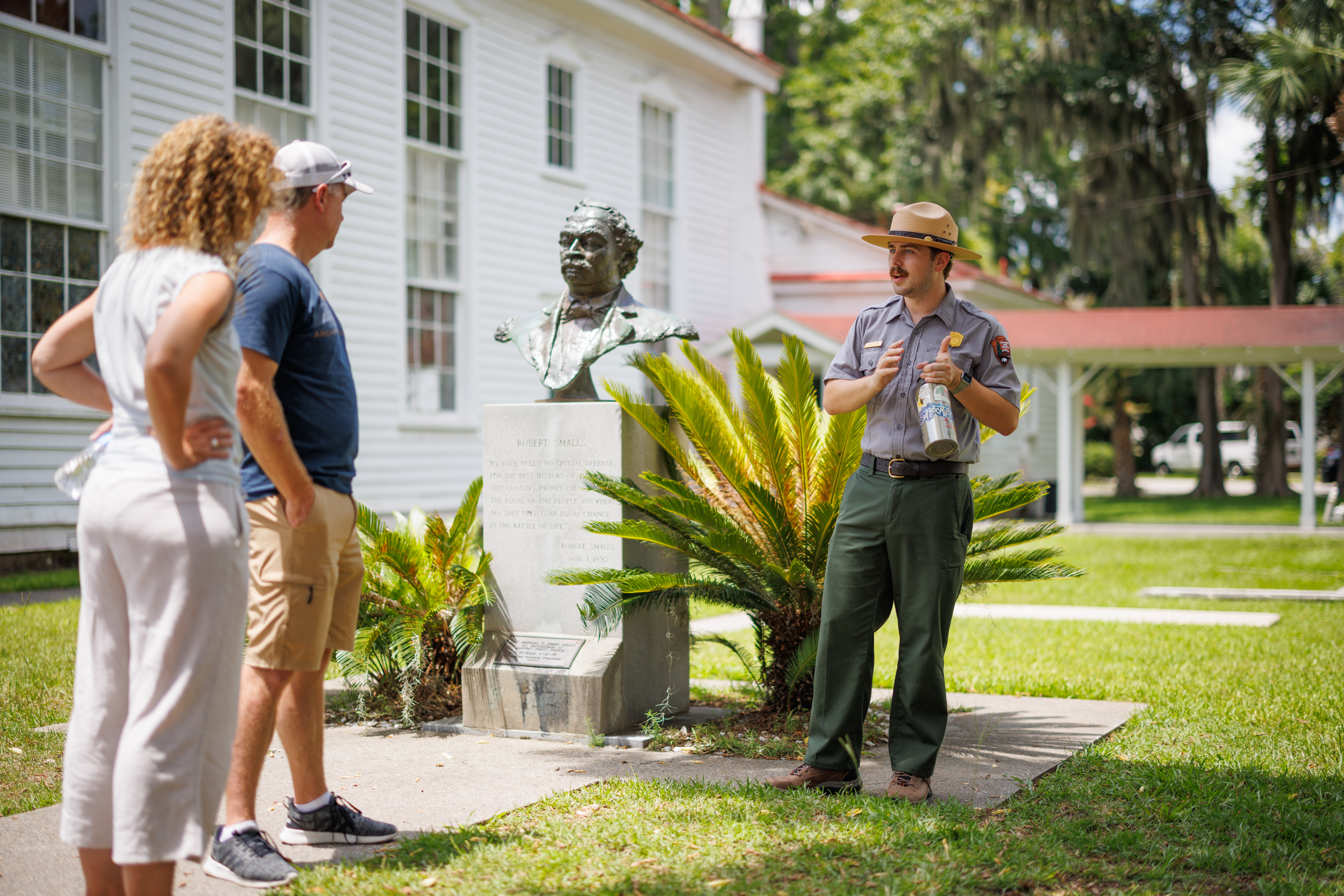
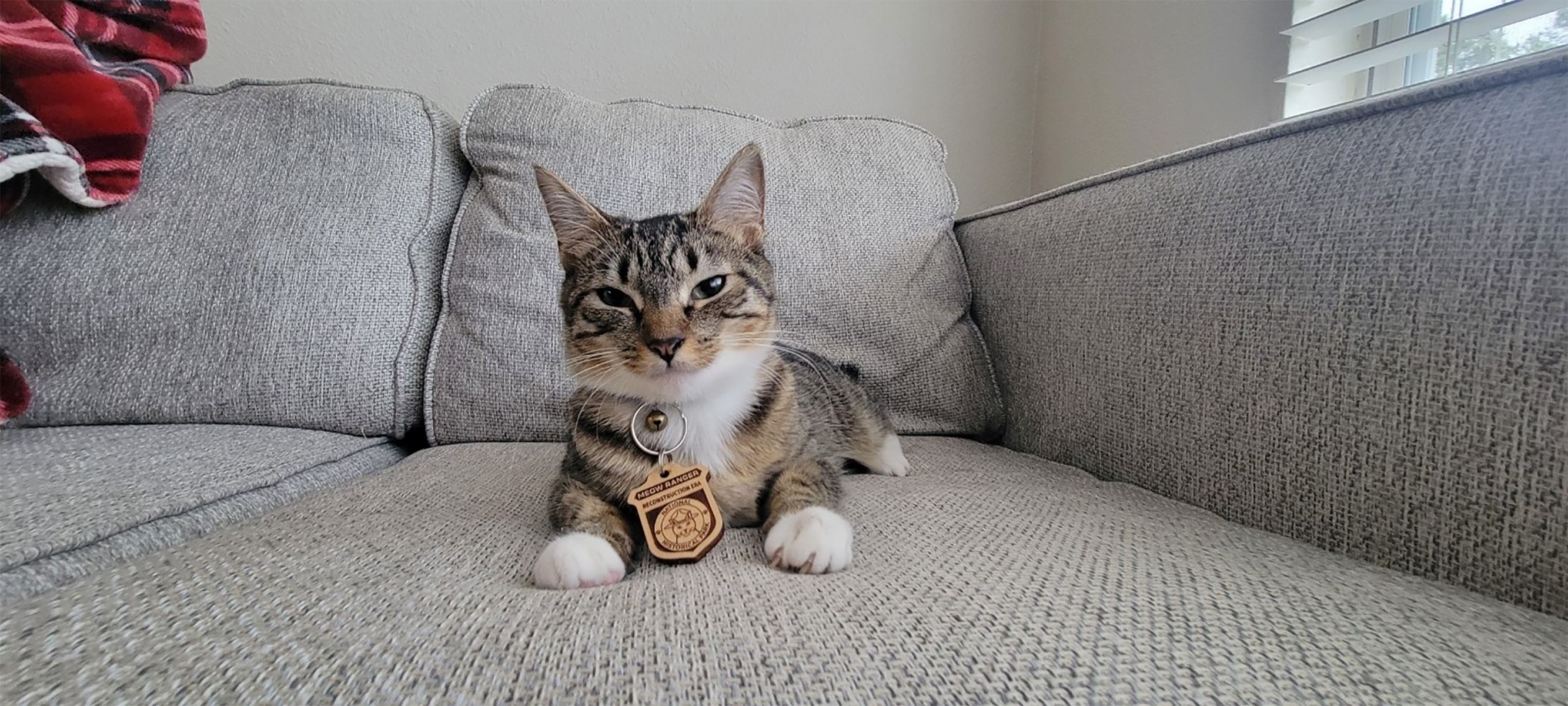
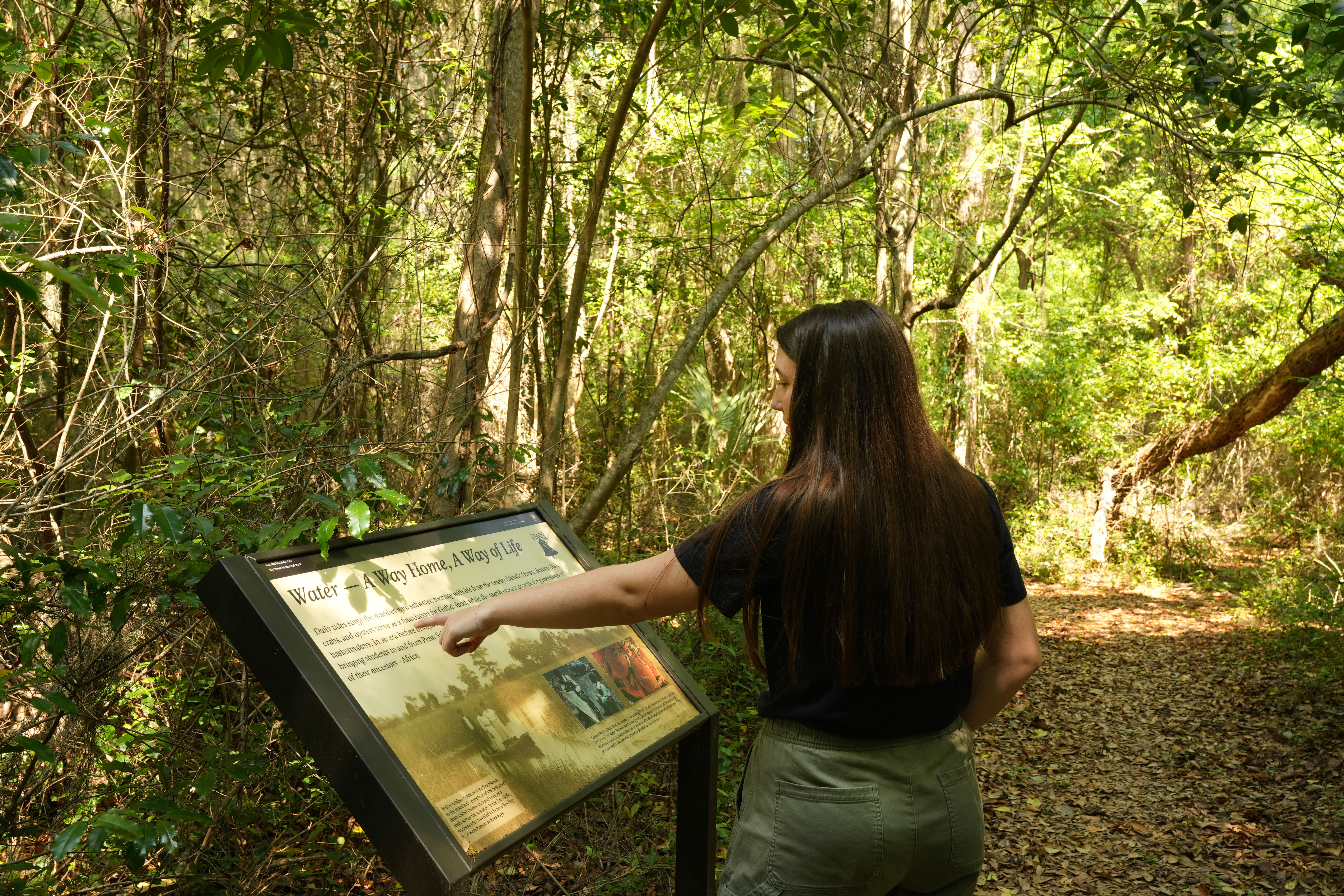
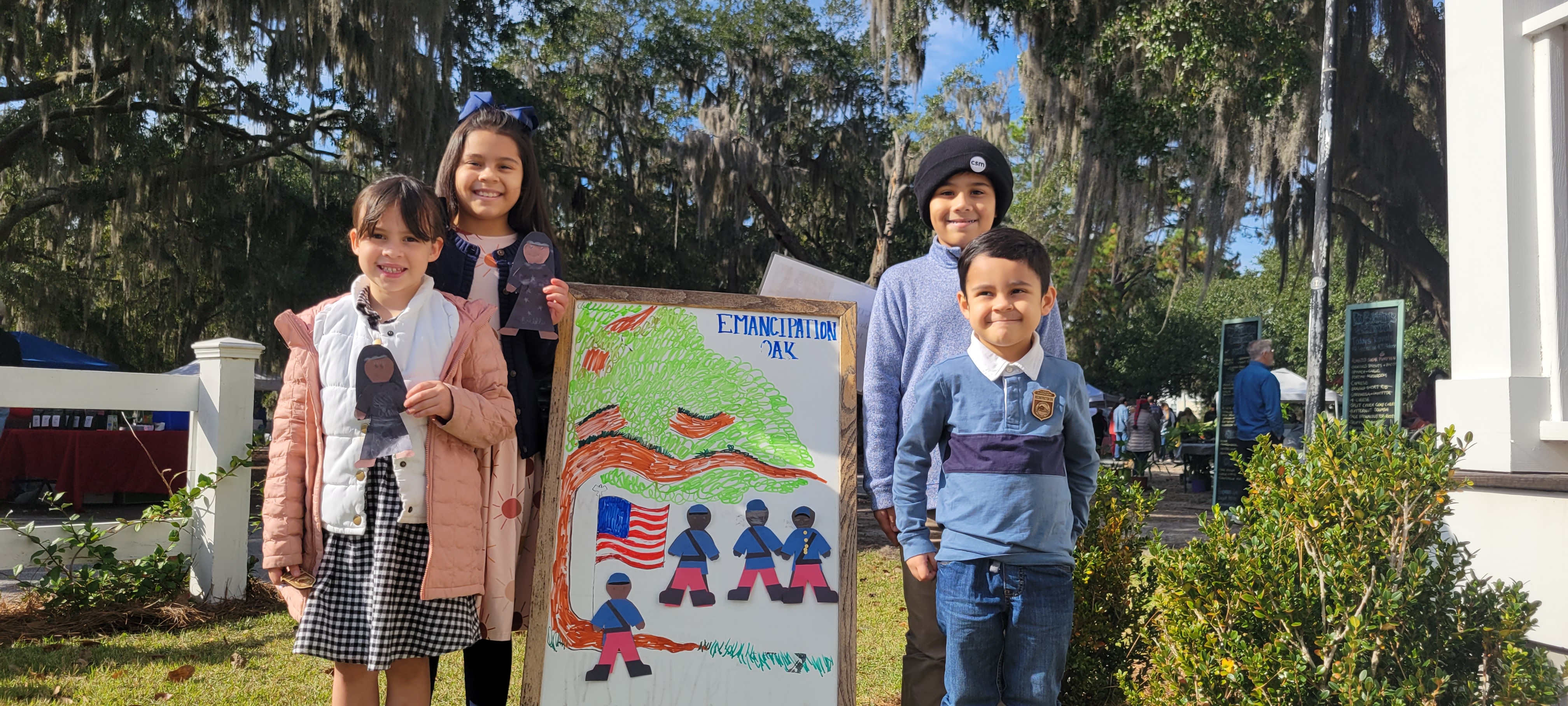
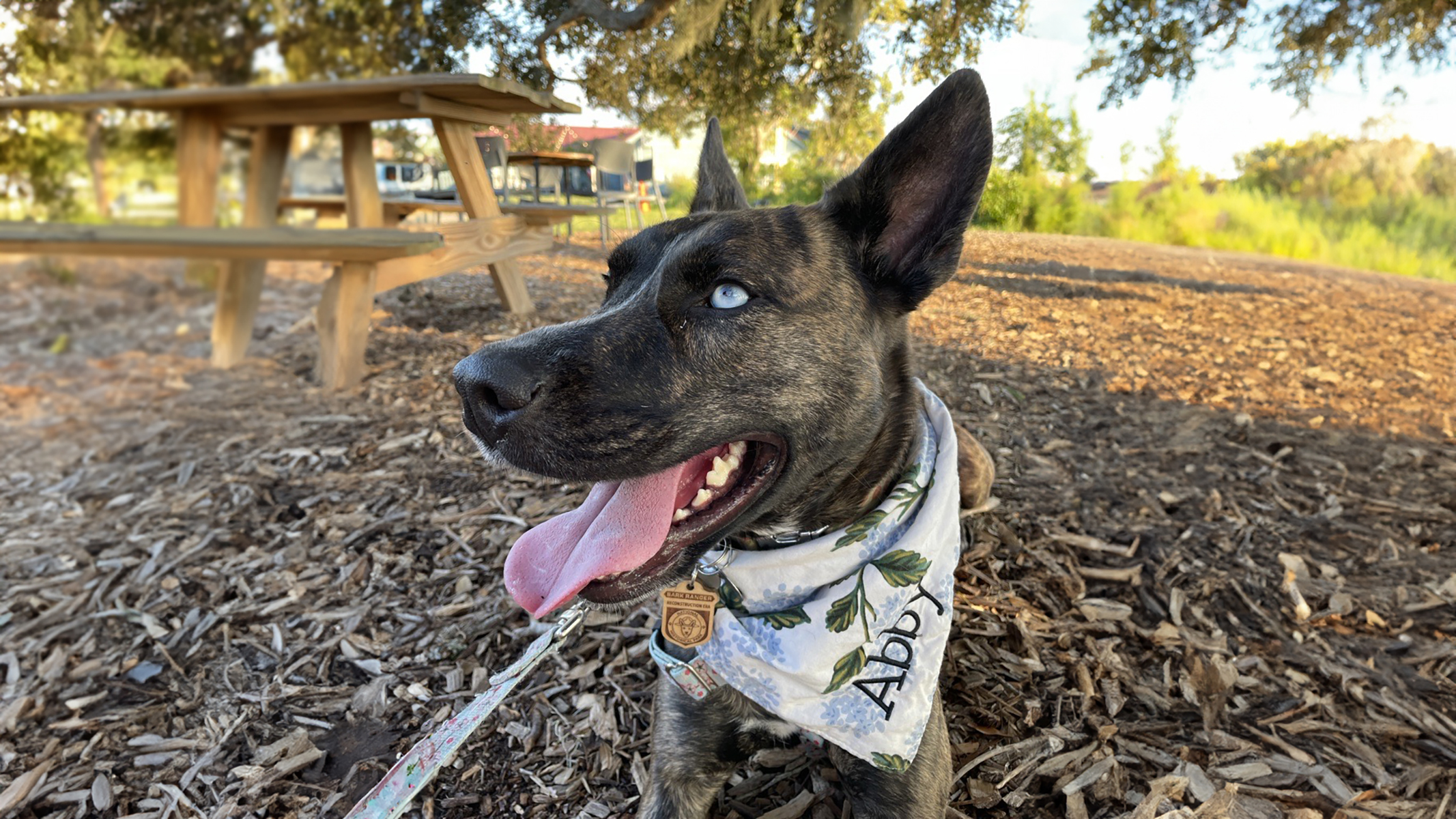
|
| Tours |
Count: 2
Black Businesses of BeaufortLearn about some of the Black Businesses that thrived in Downtown Beaufort during the Reconstruction Era. Memories of MatherPrior to the Civil War within most southern states, education was illegal for enslaved people. Education was seen as a threat to the institution of enslavement, as it would spread the ideas of abolition. However, this did not stop the enslaved from learning. Many would educate themselves in secret. The question remained: what would become of education for those who had been deprived of it for so long? This tour is voiced by alumni of the Mather School and made with University of South Carolina Beaufort. |
| Articles |
|